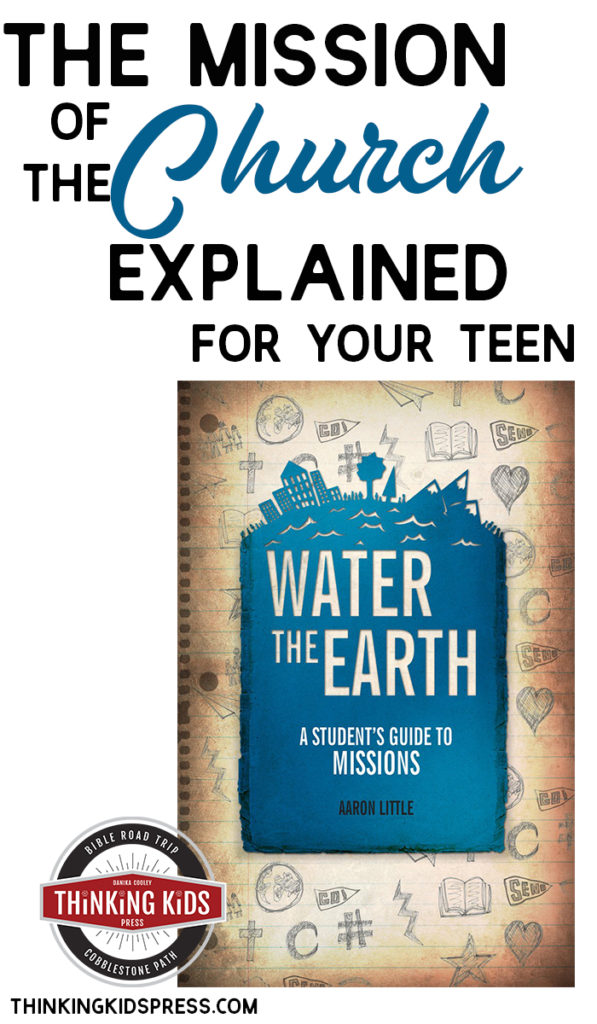
The Mission of the Church
That’s a pretty big deal, right? One of the last commands our Lord gave us was to go out, make disciples, baptize them, and teach them His commands. In ALL the nations. Even the ones where they behead Christians. Or put them in prison.
One of the things I loved most about our first church–where we attended over a decade–is the emphasis on missions. We have multiple missionaries stationed across the world. But we also have missionaries who have come home. They’ve served the Lord for decades on the field and now they’re serving him in a little brick church in a lost city. It’s been so beneficial to know them, to hear their experiences, and to observe their continued service. Their counsel has had a tremendous impact on me and on my work.

A Mission Book for Teens
Aaron Little is also a missionary. He has ministered for the Lord on five continents, earned a Masters of Divinity, worked with the U.S. Center for World Mission, and is married cross-culturally. Water the Earth: A Student’s Guide to Missions (Christian Focus Publication, 2014) is his primer on missions written just for your middle and high school students. Mr. Little’s mentorship and counsel are invaluable for those who claim the name of Christ.
It’s possible we modern-day Christians from the Western world have some ideas about missions that need a little correcting.
Water the Earth is a short 112-page book. There are eight chapters divided into two sections: “A Theology of Missions” and “On the Mission”. Like the two other books in Christian Focus’ “Student’s Guide” series (God’s Story: A Student’s Guide to Church History and Rebels Rescued: A Student’s Guide to Reformed Theology), Water the Earth is divided into short, subtitled sections with discussion questions following each chapter. This makes it (and the rest of the series) very readable and perfect for family read-alouds.

What Does Missions Mean?
- In the first chapter Incredible India, Aaron Little shares his personal testimony about his call to missions; the moment when he first came to the uncomfortable realization that his mission encompassed more than ending poverty or rescuing slaves.
Part 1: A Theology of Missions
- In Created to Worship, Mr. Little discusses the theology of worship. He addresses the purpose of worship, eternity and heaven, as well as the reason not all people worship God. Your students will read about our natural tendency toward idolatry and the true purpose and pleasure found in Christ himself.
- Missions and the Bible covers the appearance of missions in God’s Word. Aaron Little discusses Paul/Saul and several wrong motives in missions. He talks about missions in the Old Testament, our tendency to center God’s work on ourselves, and the true cost of discipleship. He discusses the Great Commission in Matthew, our current self-centered narcissism, and the call to truly follow Christ.
- In Missions and History students will read a brief overview of missions throughout time beginning with the persecution of the early church, the fall of Jerusalem, and Constantine’s Edict of Milan which made persecution a non-issue. Ironically, this lack of persecution also ended the urgent pressure to evangelize. People got comfortable. (Sound familiar?) Enter Islam and the Crusades, followed by the Reformation. Students will learn about Catholic missions, Protestant missions, and then missions in our modern day.
- Global Christianity is an interesting chapter, addressing the new paradigm: “Missions are from everywhere to everywhere.” Missionaries from Africa are sacrificing to come to the heathen United States. Can we blame them? Perhaps we truly need it. Yet, we Christians (even we Western, comfortable Christians) are still called to go. Mr. Little discusses Western idolatry and the lack of interest in truly fulfilling our calling, as well as our love of short-term missions and desire to simply finance missions. He also explains the “shifting epicenter” of Christianity–that the church in countries to the South and East is growing exponentially.
Part 2: On the Mission
- In Being the Gospel, students will learn about the true gospel versus false gospels and the command to share the truth with the world. Can we truly know the truth, yet not share that truth?
- Sender or Goer is a fascinating chapter. Aaron Little explains that for every active missionary, there are many participants actively working behind the scenes. The missionary is not alone, unsupported, or able to perform his work without the work of many others. He speaks to gifting, calling, commitment and teamwork, highlighting reasons some should not be in missions (if we think of “missions” as equivalent to “missionary”). He then talks about how we can effectively and faithfully support those on the front lines.
- The last chapter, Doing Missions, is another interesting exploration of issues facing us in modern missions. Mr. Little discusses some of our Western misconceptions about people in other countries, the burden created by short-term missions, and ten principles on which to base missions. Lastly, he helps students apply the Great Commission personally.
Missions | Is your teen called?
Not everyone is called to long-term international missions. I appreciate the fact that Aaron Little did not apply a command where there is none. However, we are commanded as disciples of Christ to participate in discipleship of all nations.
Water the Earth is a great tool to help your students think through the theology and practical implications and impact of missions, both short-term and long-term. Aaron Little doesn’t pull any punches when it comes to highlighting the broken, narcissistic theology of the West, but he does hold out hope that we can apply God’s Word and a little common sense to our view of missions.
As Aaron Little mentions several times in the book, 80,000 people will die today without hearing the good news of the gospel. The theology of missions is an issue we need to address with our youth. I can’t think of a reason not to. Can you?
I’d like to thank Christian Focus Publications for providing me with a copy of Water the Earth: A Student’s Guide to Missions by Aaron Little in return for my honest review.
Purchase Water the Earth: A Student’s Guide to Missions:
Water the Earth: A Student’s Guide to Missions
Amazon: Water the Earth: A Student’s Guide to Missions
Christian Book: Water the Earth: A Student’s Guide to Missions
Christian Books Teens Will Love
Rebels Rescued (A Students Guide) God’s Story: A Student’s Guide to Church History
God’s Story: A Student’s Guide to Church History Water the Earth: A Student’s Guide to Missions
Water the Earth: A Student’s Guide to Missions
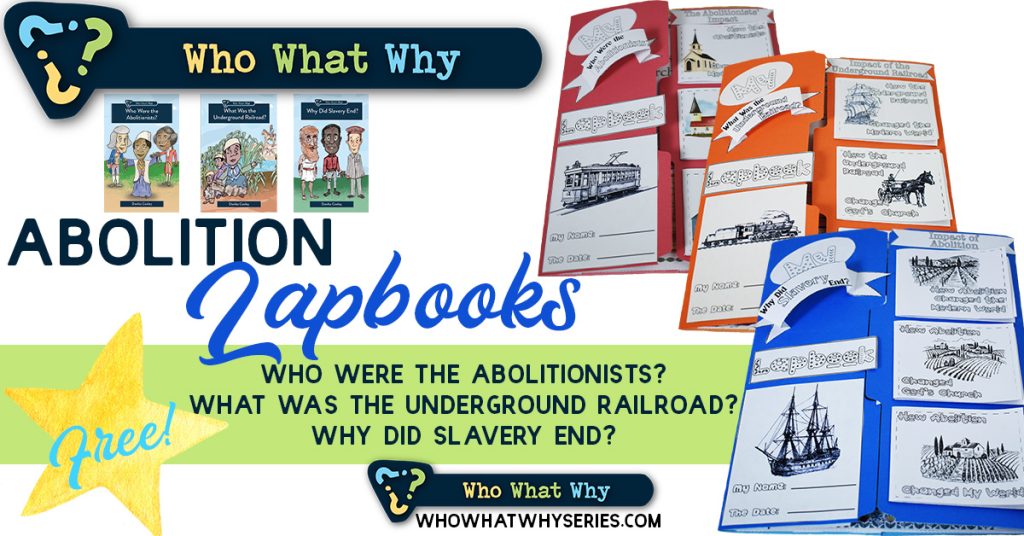
Learn more about the Who What Why series and get your FREE Abolition Lapbooks here.
Bible Resources for Your Kids
Learn More HereLearn More HereLearn More HereLearn More HereLearn More HereLearn More Here
Martin Luther and the Reformation
Teach your teens about Martin Luther and the Reformation in an exciting, new way with When Lightning Struck!: The Story of Martin Luther! The book also makes a wonderful family read-aloud.
Martin Luther (1483-1546) is often referred to as “The Father of the Reformation”. Born during a time of superstition, tradition, and spiritual corruption, Luther gave up a lucrative career as a lawyer to become a monk in the Roman Catholic Church–a path he felt would certainly lead to salvation.
As Luther’s understanding of the spiritual corruption within the Church grew, and he despaired of true salvation, Luther (now a scholar and priest) sought the Bible for answers. Following his discovery of the true gospel in Scripture, Luther began to preach spiritual freedom to his congregation, and to teach biblical (rather than philosophical) theology at the University of Wittenberg.
It was on October 31, 1517 that Martin Luther penned his Ninety-Five Theses in Latin in response to the abusive indulgence sales practices of the monk Johann Tetzel in a nearby town. Luther nailed the Theses to the door of the Wittenberg Castle Church, the scholarly bulletin board of his day, and mailed a copy to the Archbishop of Mainz. Luther hoped to start a scholarly debate about the practice of selling salvation through plenary indulgences. The response he received was greater–and more dangerous–than he imagined it would be.
Luther’s story is exciting. There are death defying moments, epic spiritual battles, narrow escapes, a kidnapping, revolution, and war. As the “Father of the Reformation”, Luther is a vital figure in Church history. His sacrifice and willingness to wage battle against the spiritual, religious, and political powers of his medieval world allowed Christians throughout time to embrace the truth of salvation by grace alone through faith alone in Christ alone as explained by Scripture alone once again. May all glory be to God alone!
Read portions of the first eight chapters of When Lightning Struck!:

Grab the autographed Reformation Family Bundle!
More Thinking Kids Posts You’ll Love!

Join the newsletter

Get the Family Prayer Box Project FREE!
Teach your children to pray with this fun project that includes 7 printable sets!

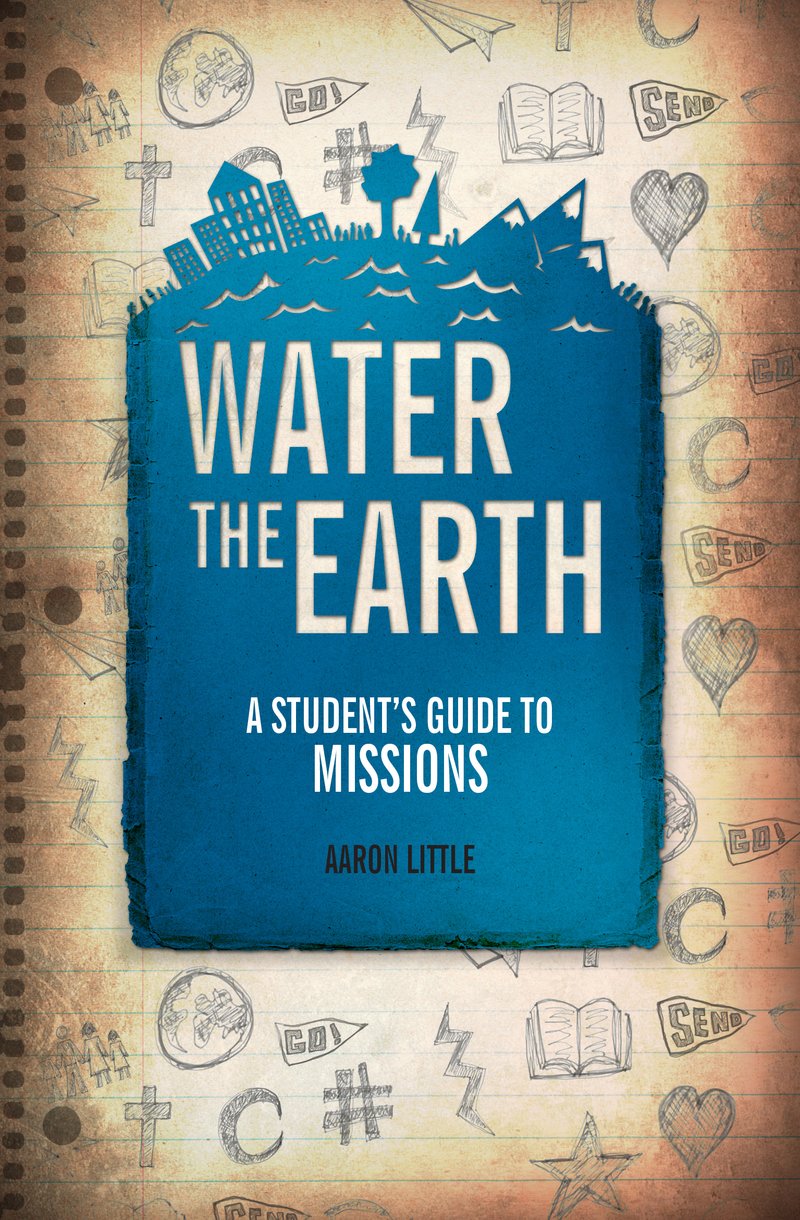


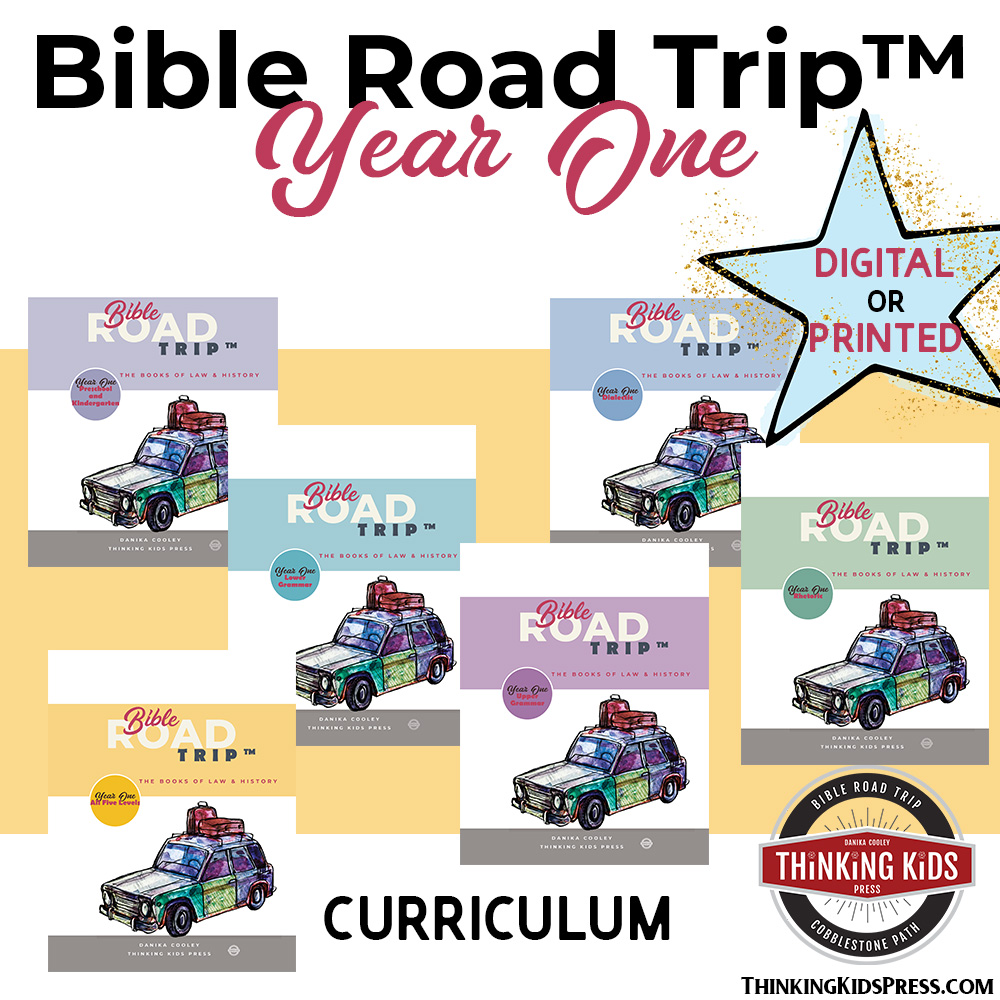
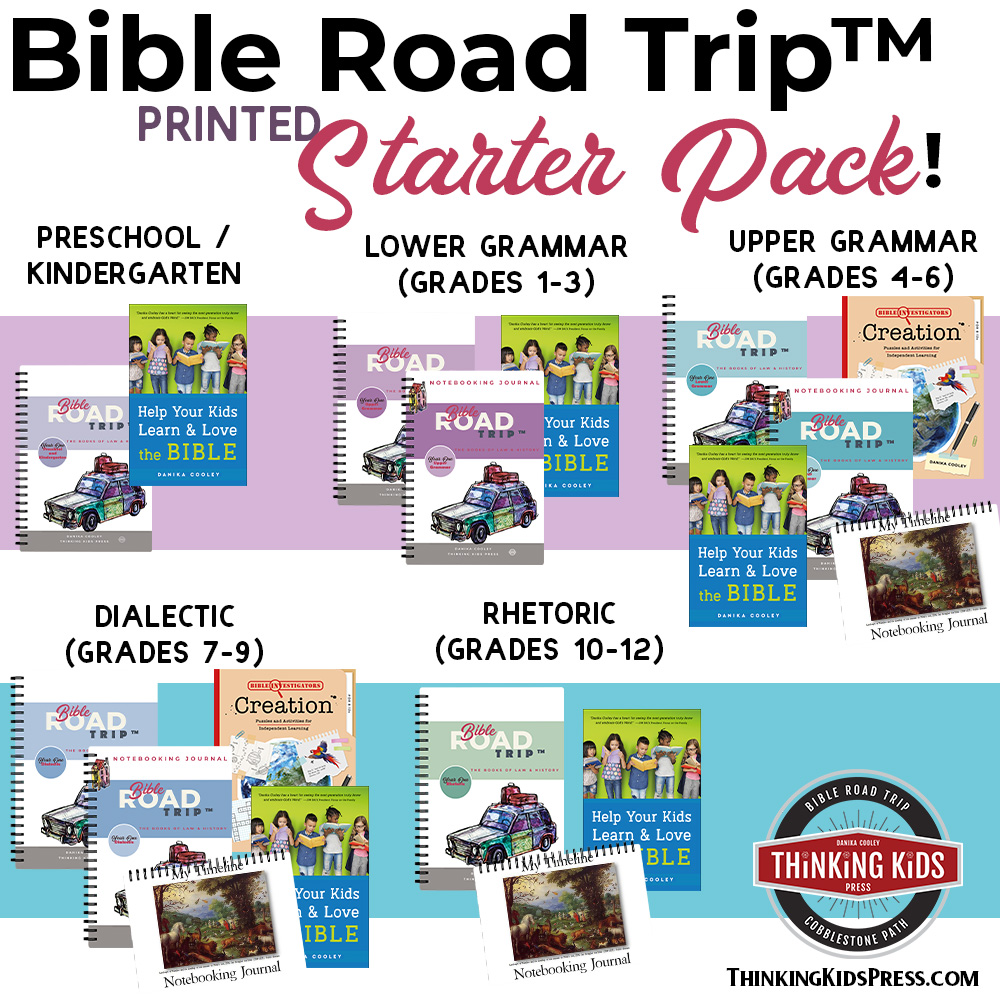

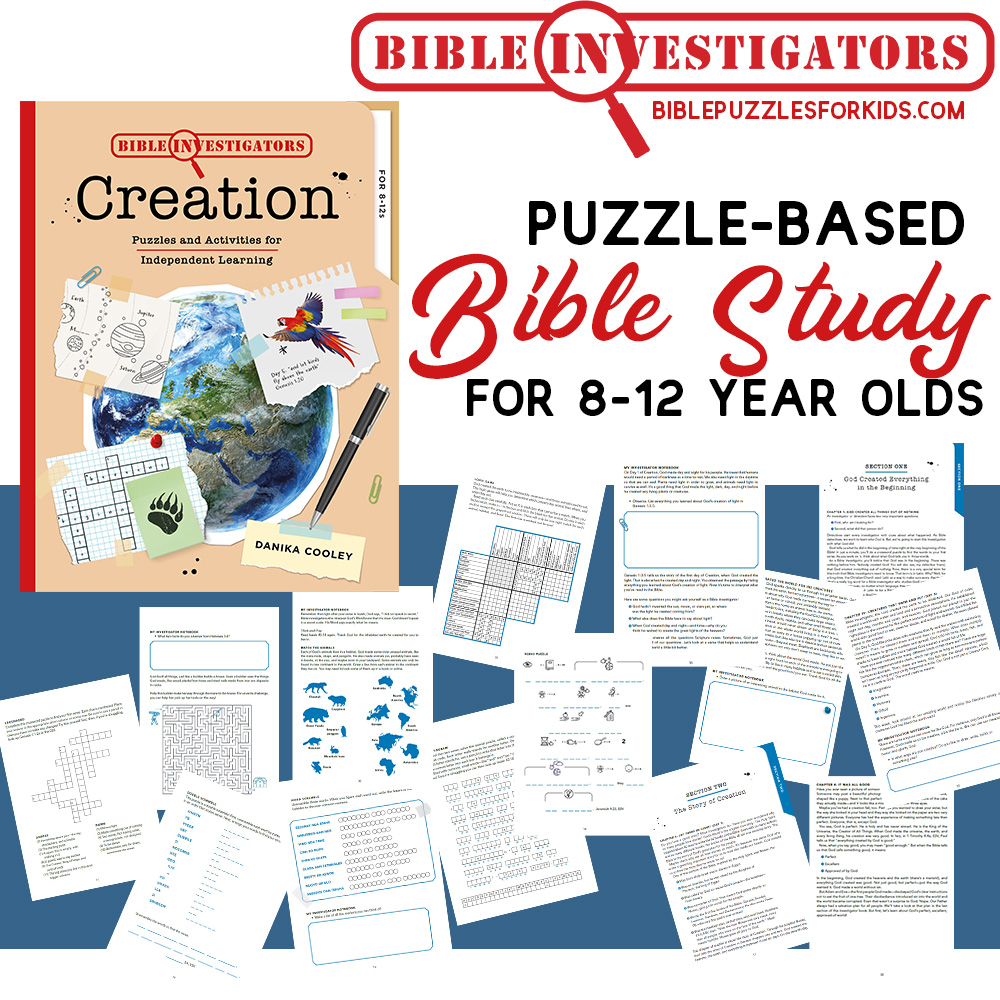
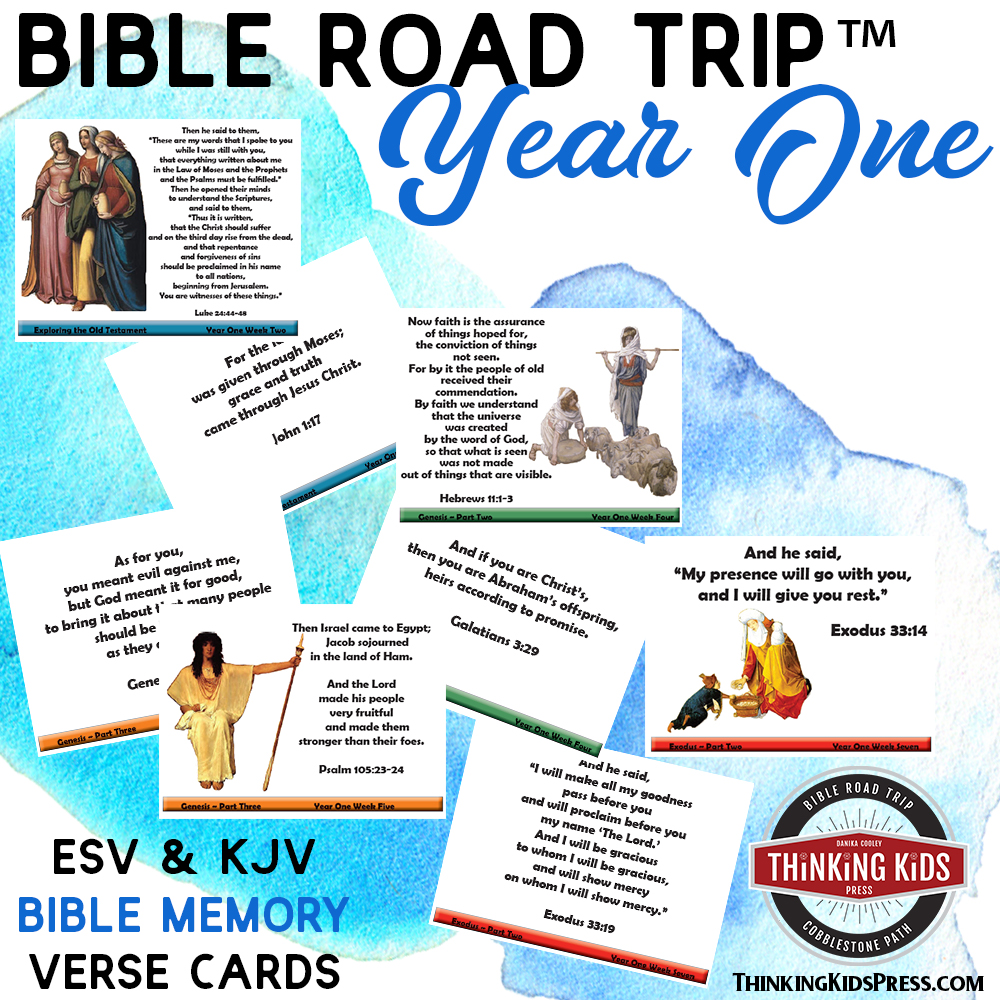
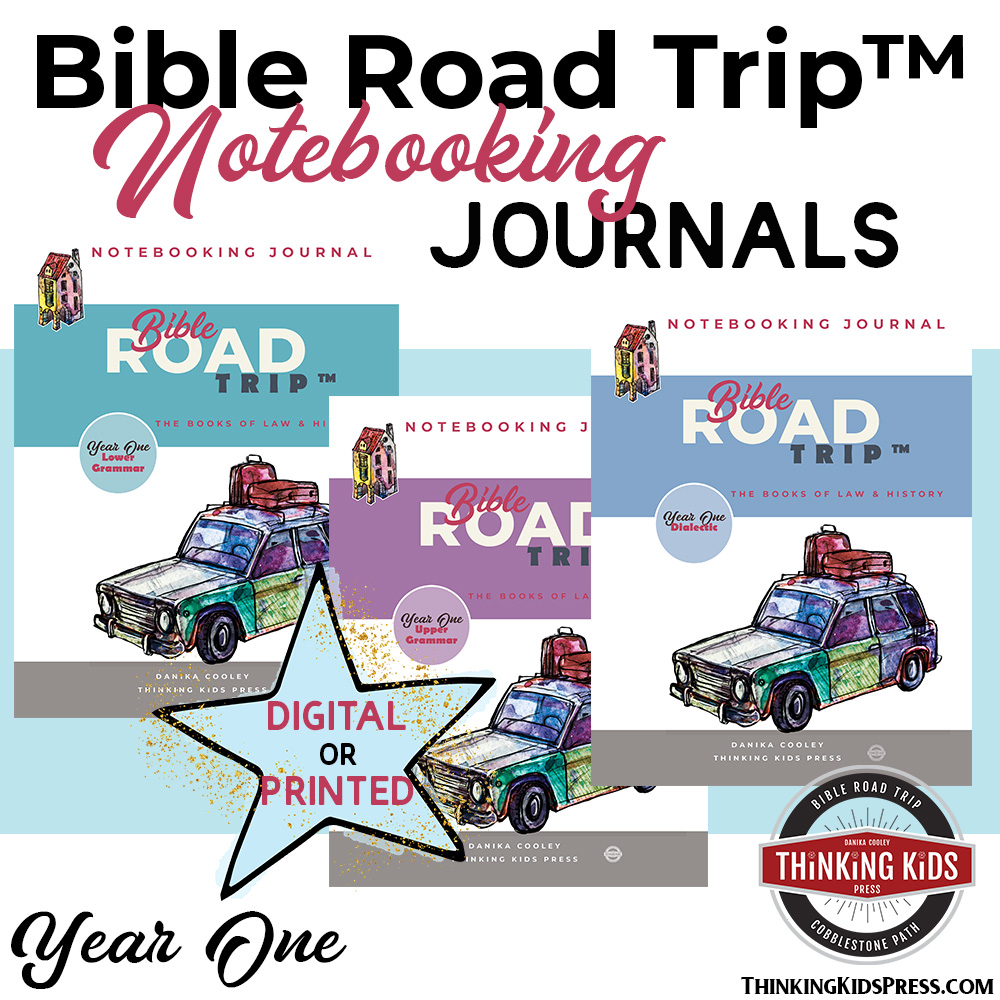

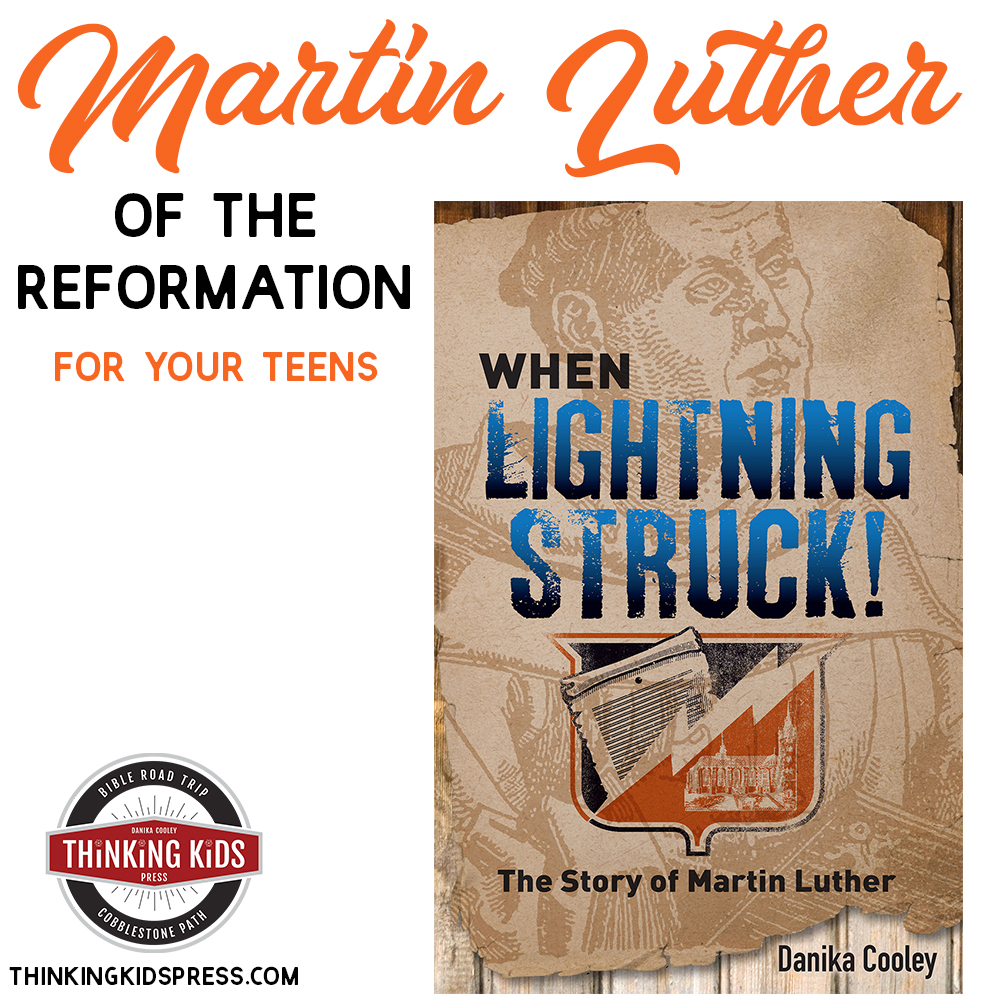

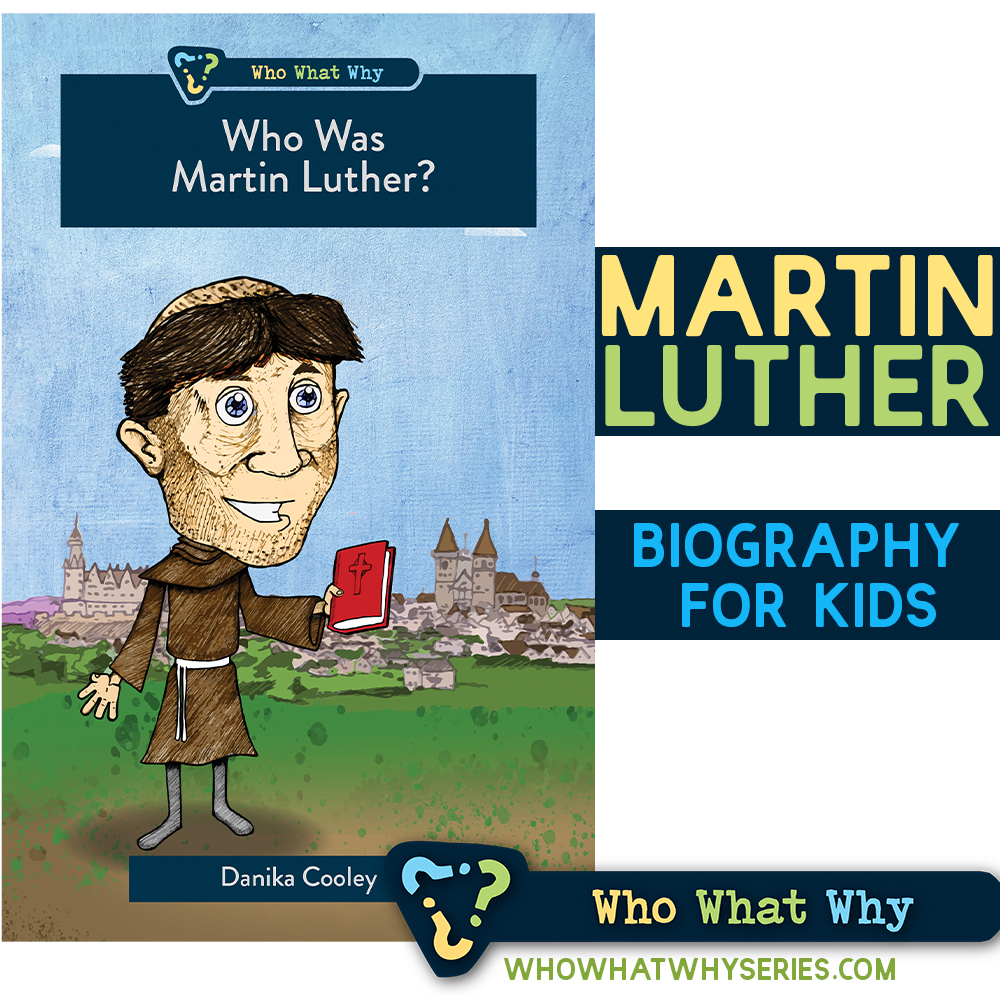
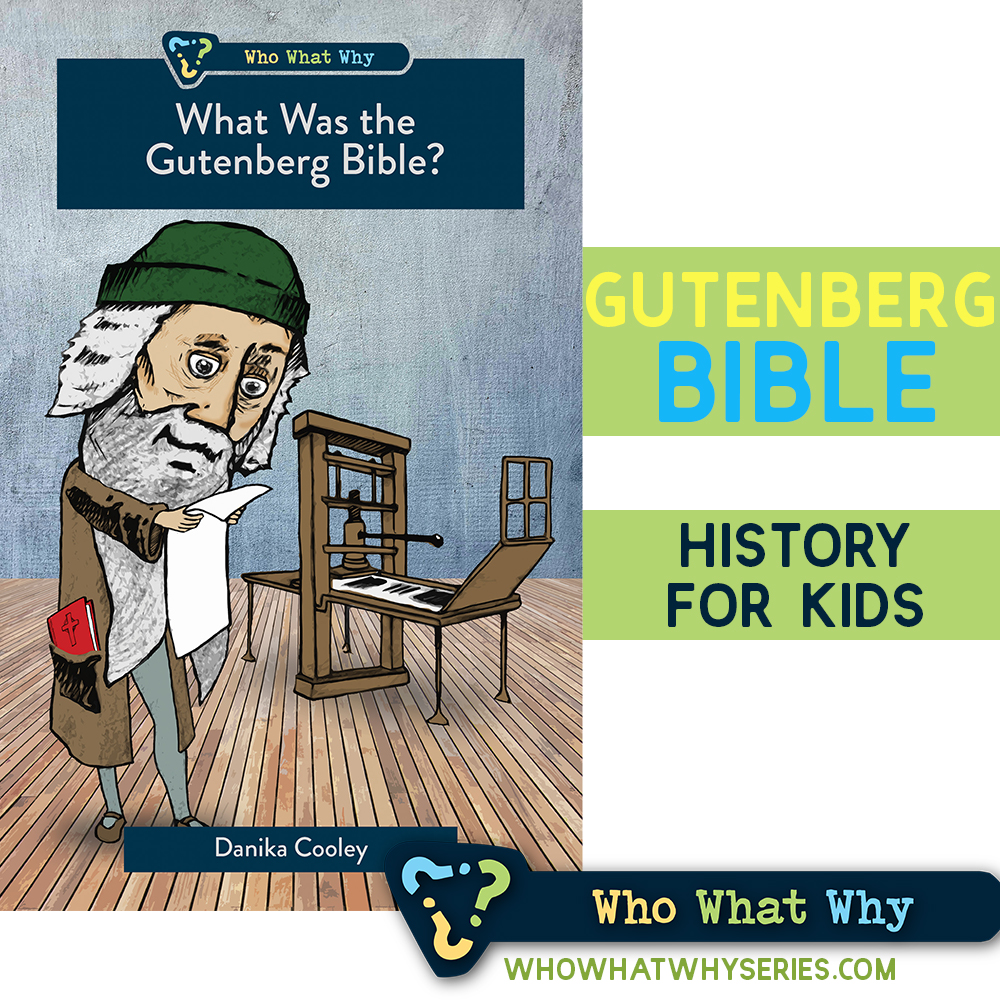
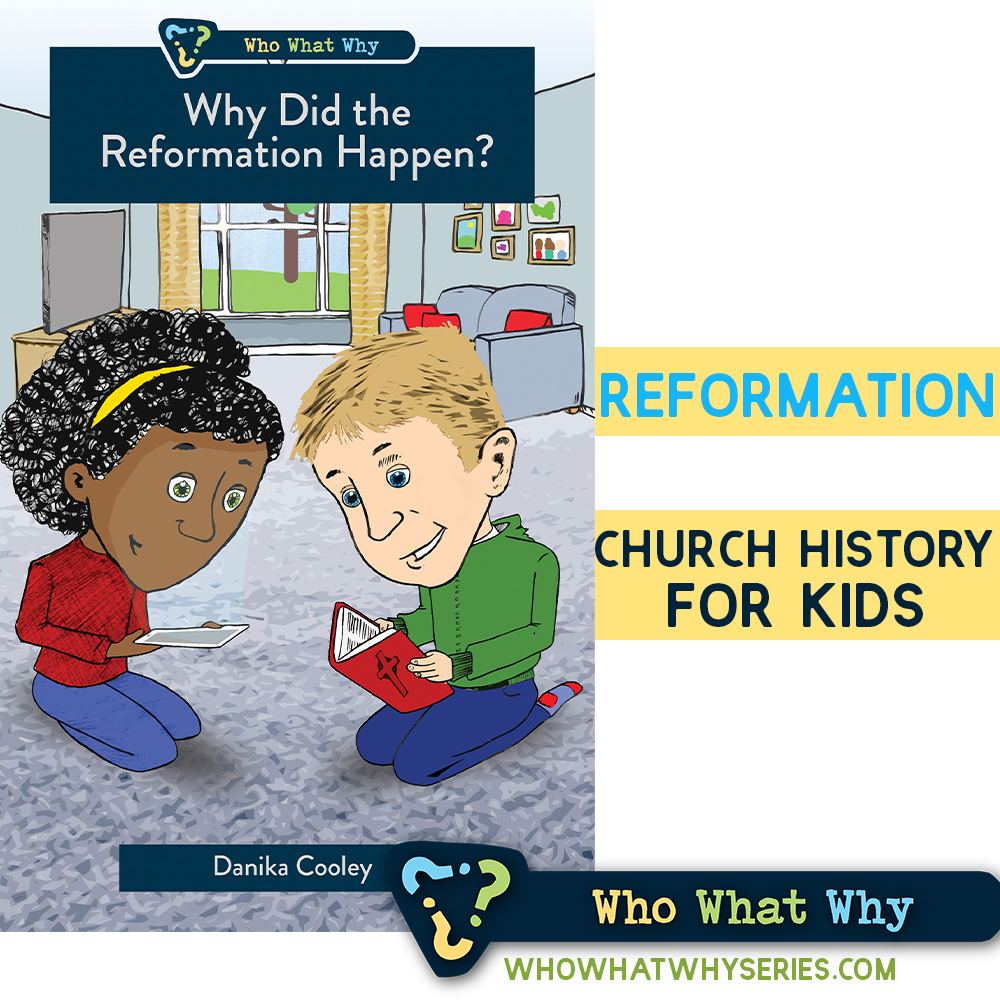


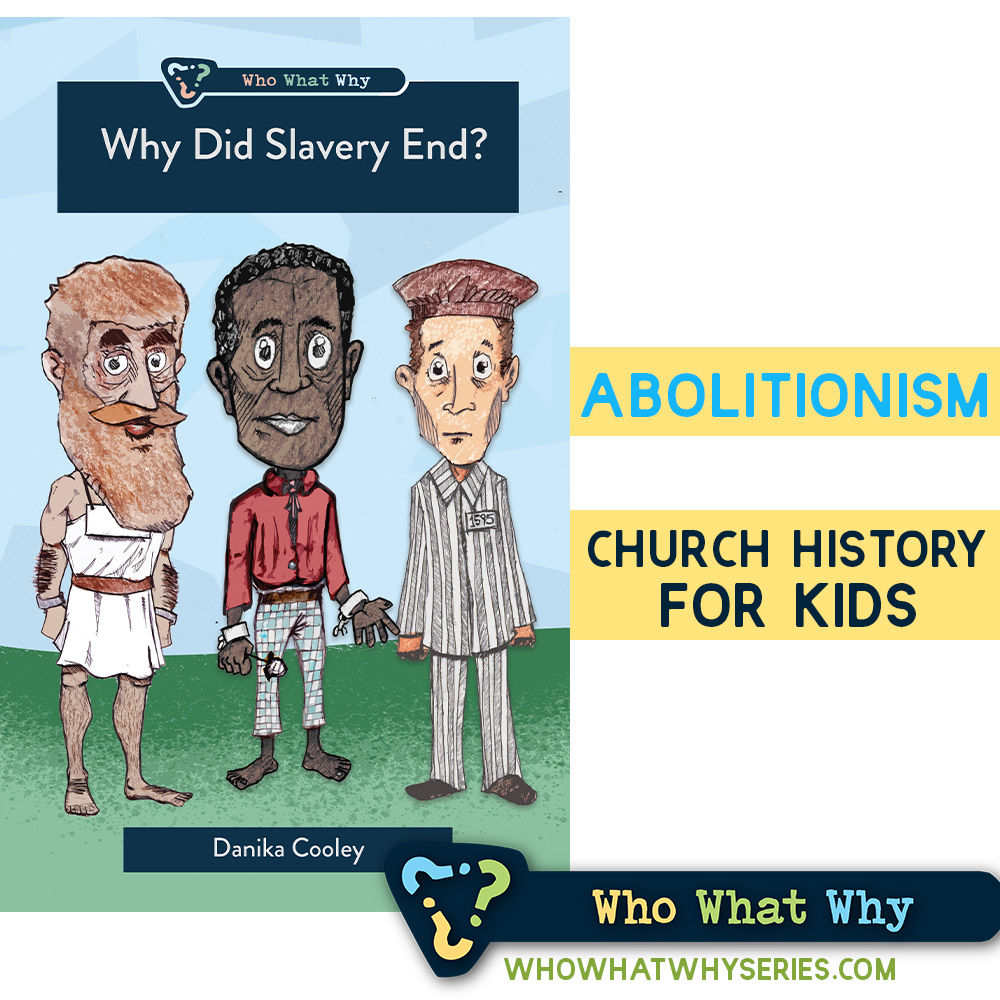
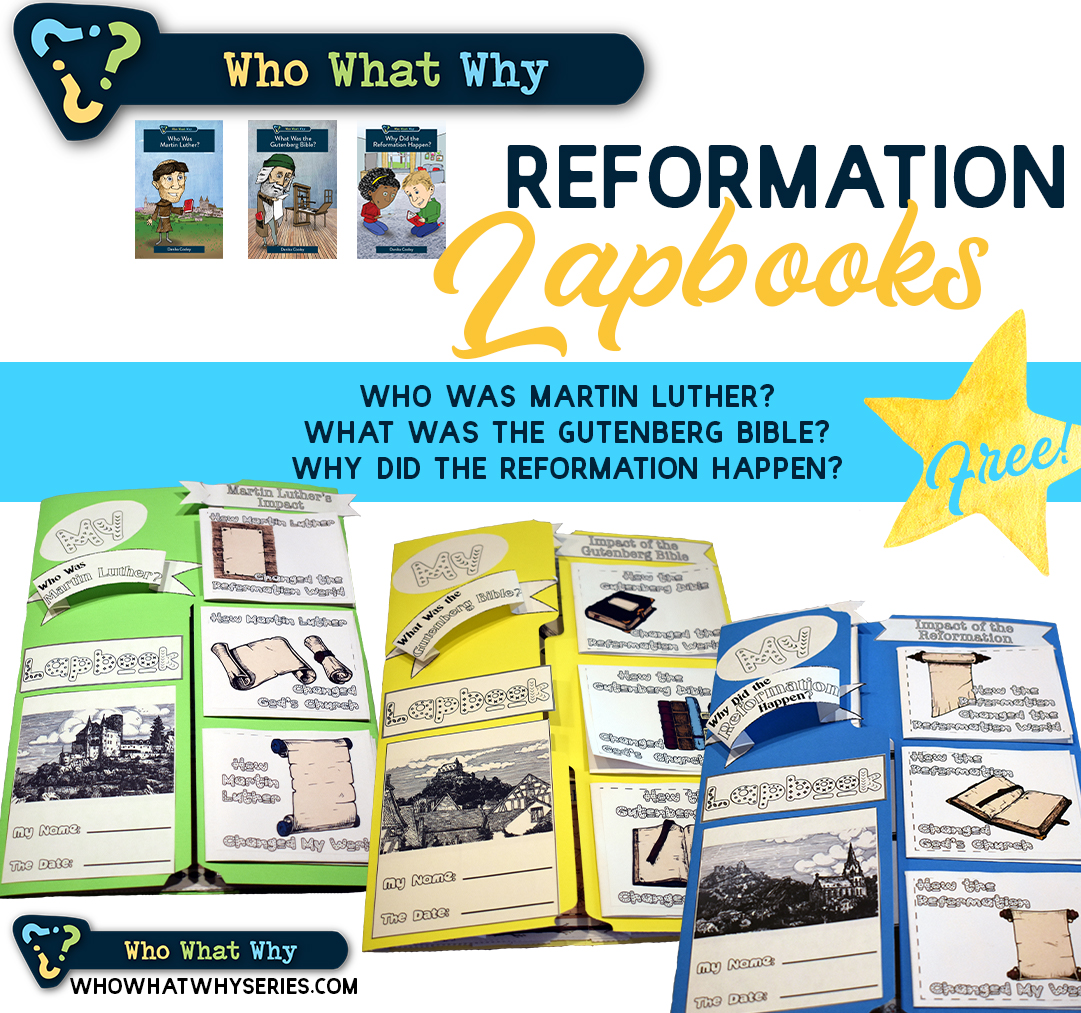
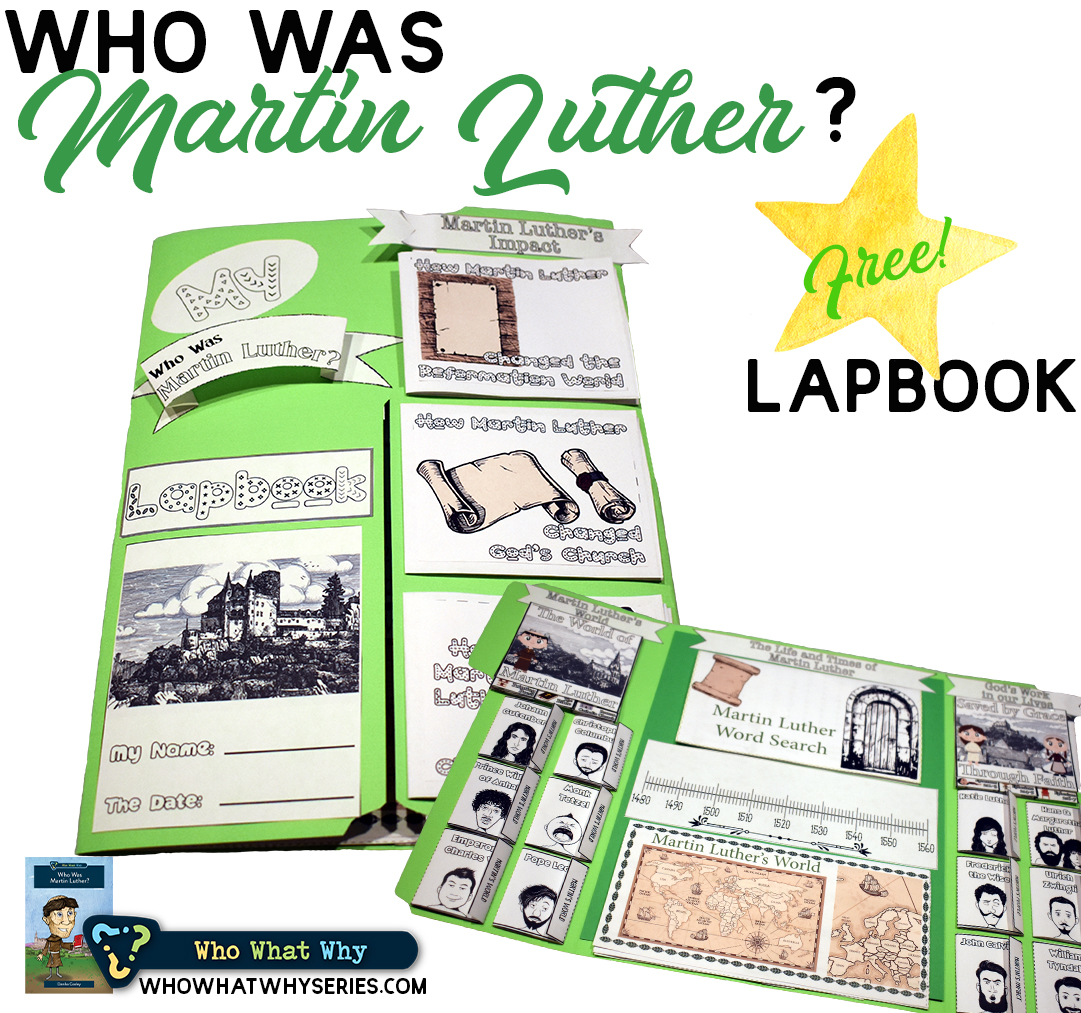
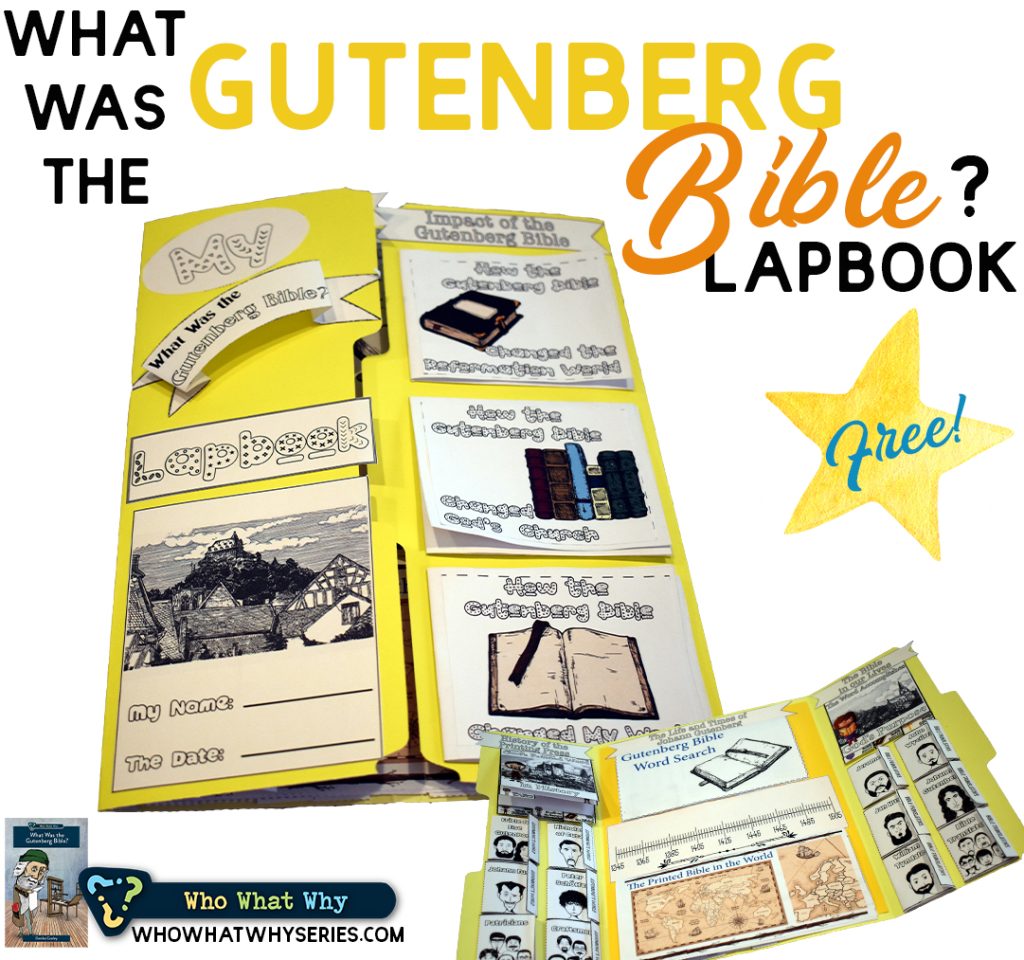
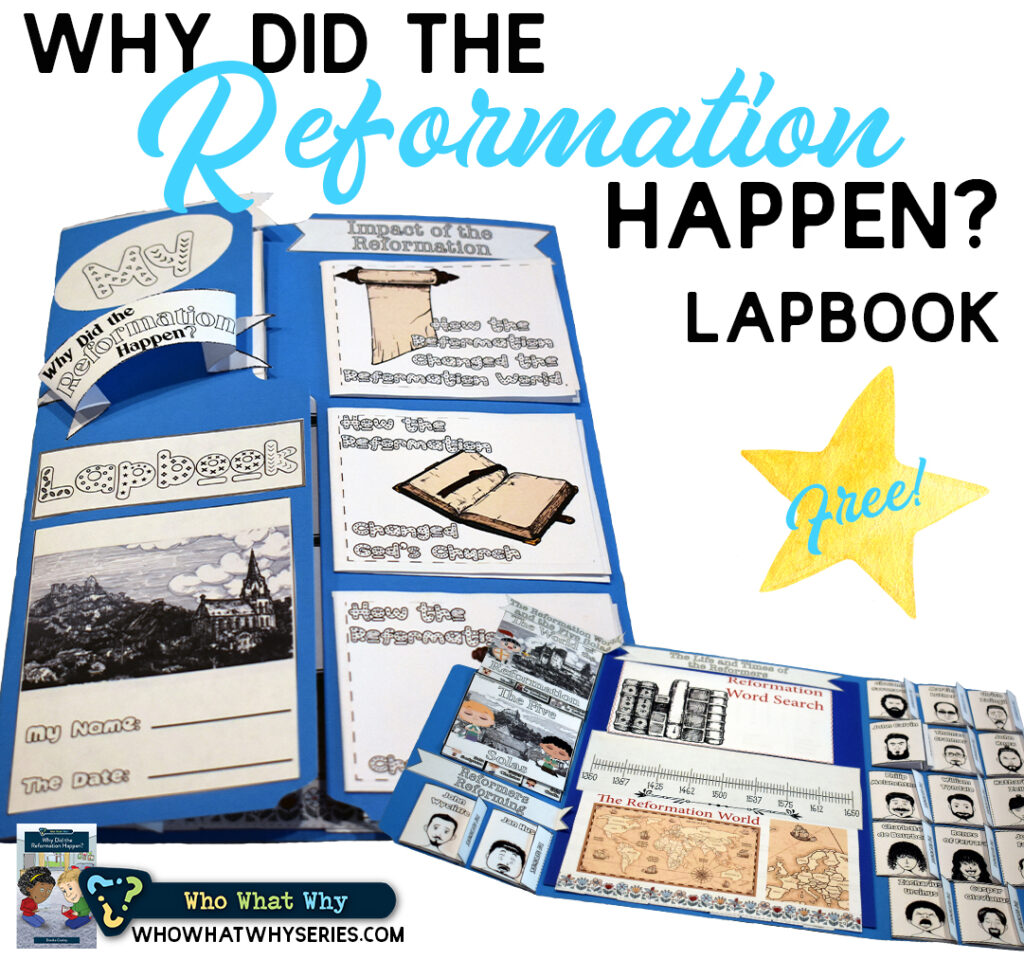
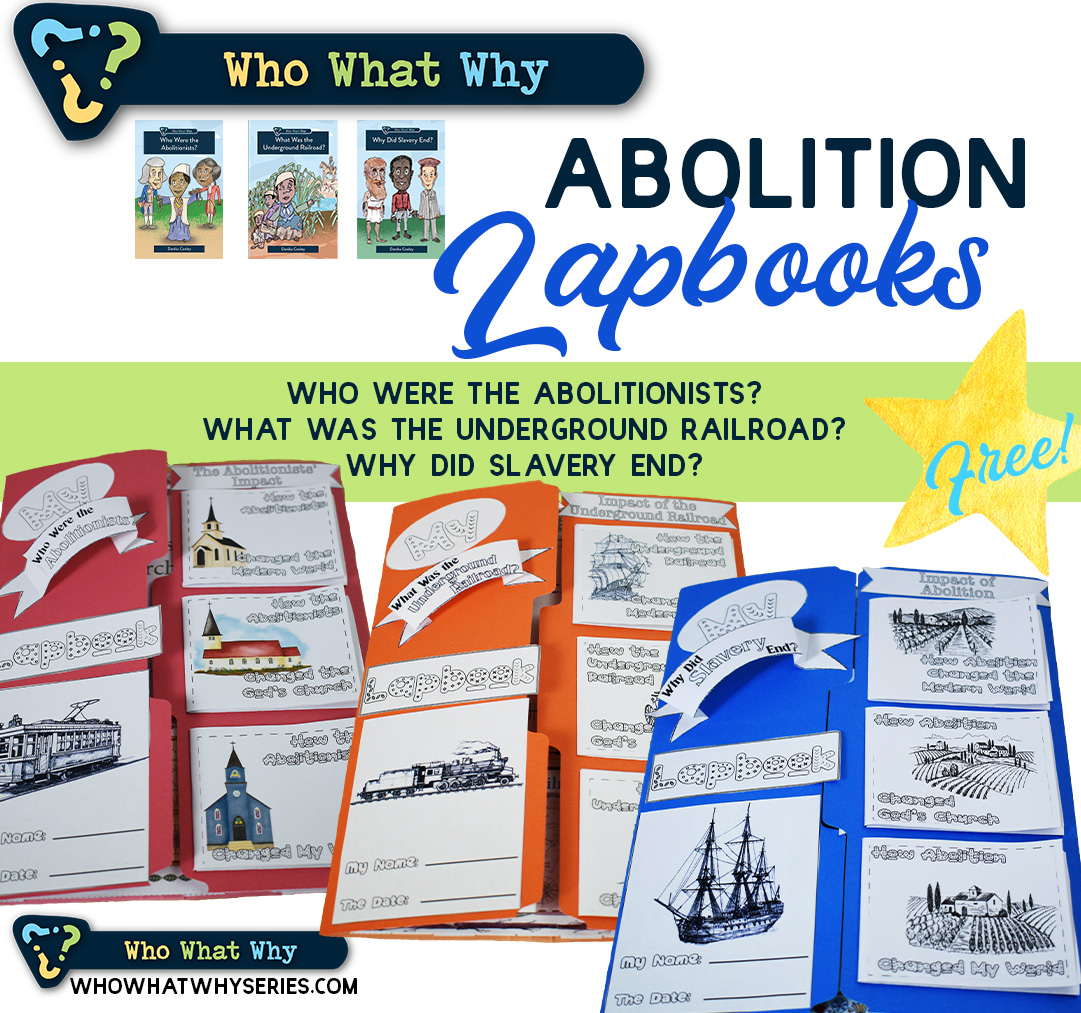
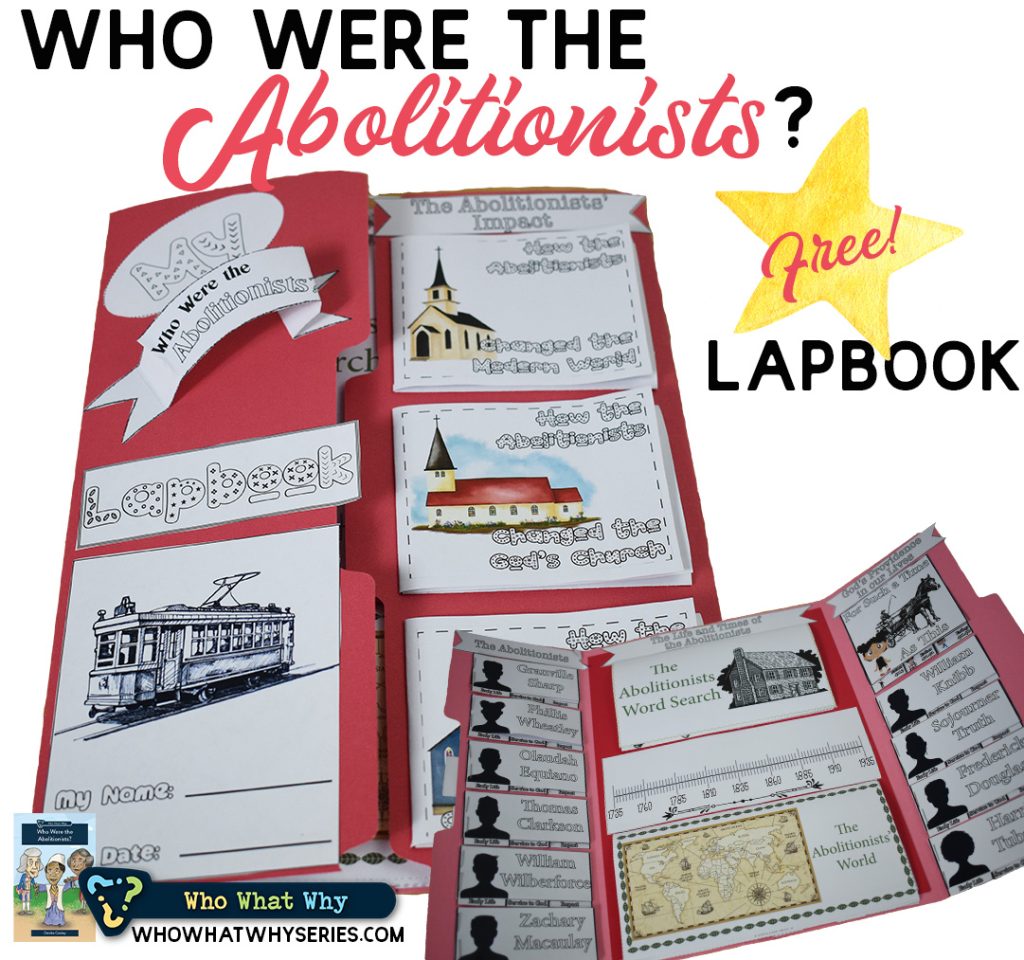


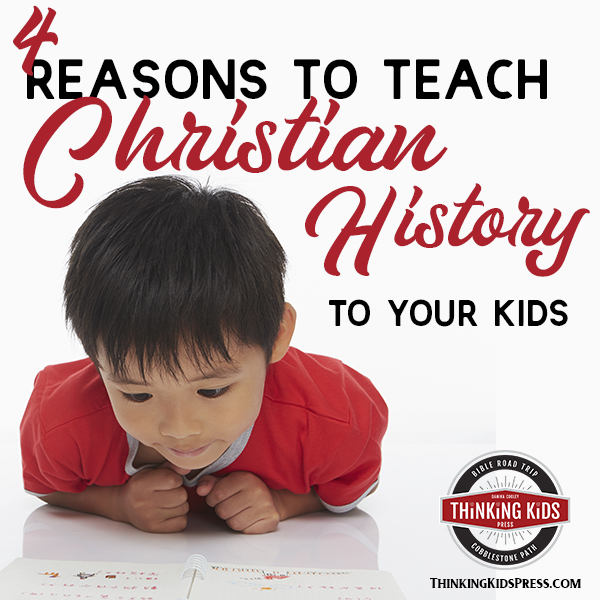


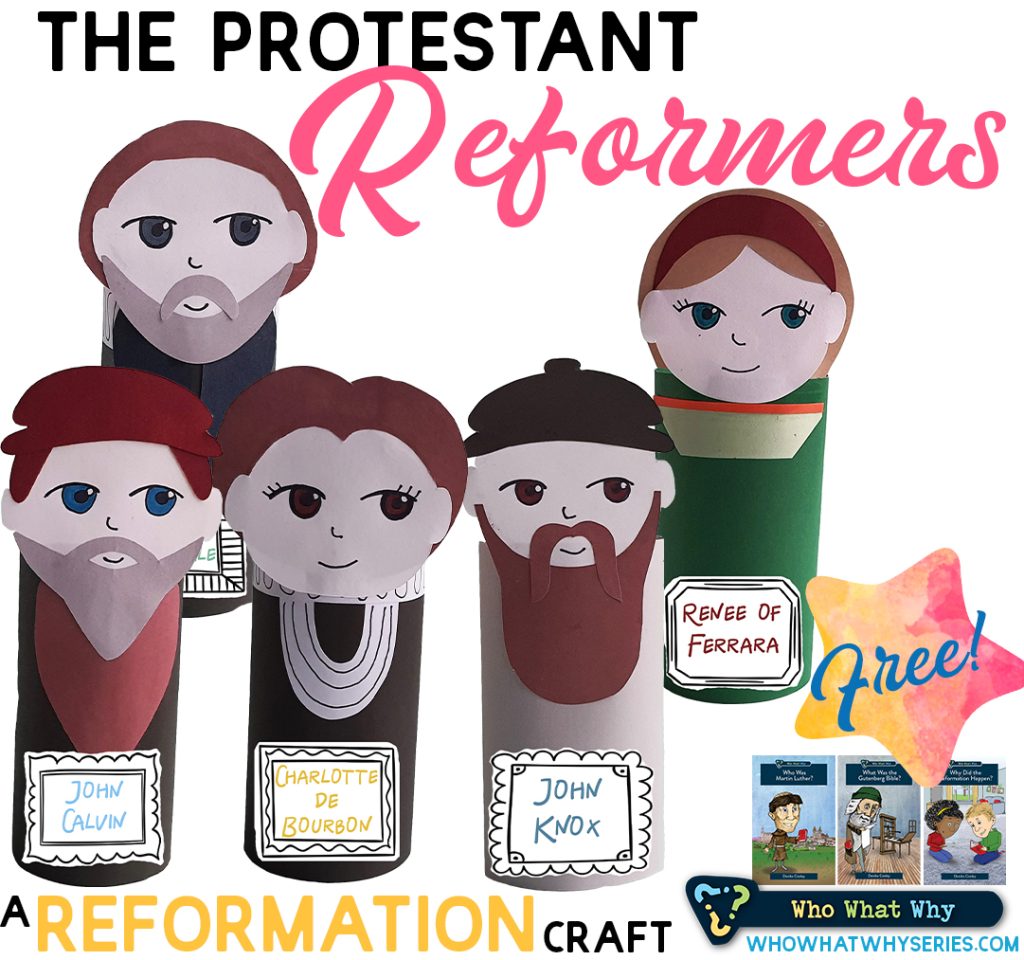

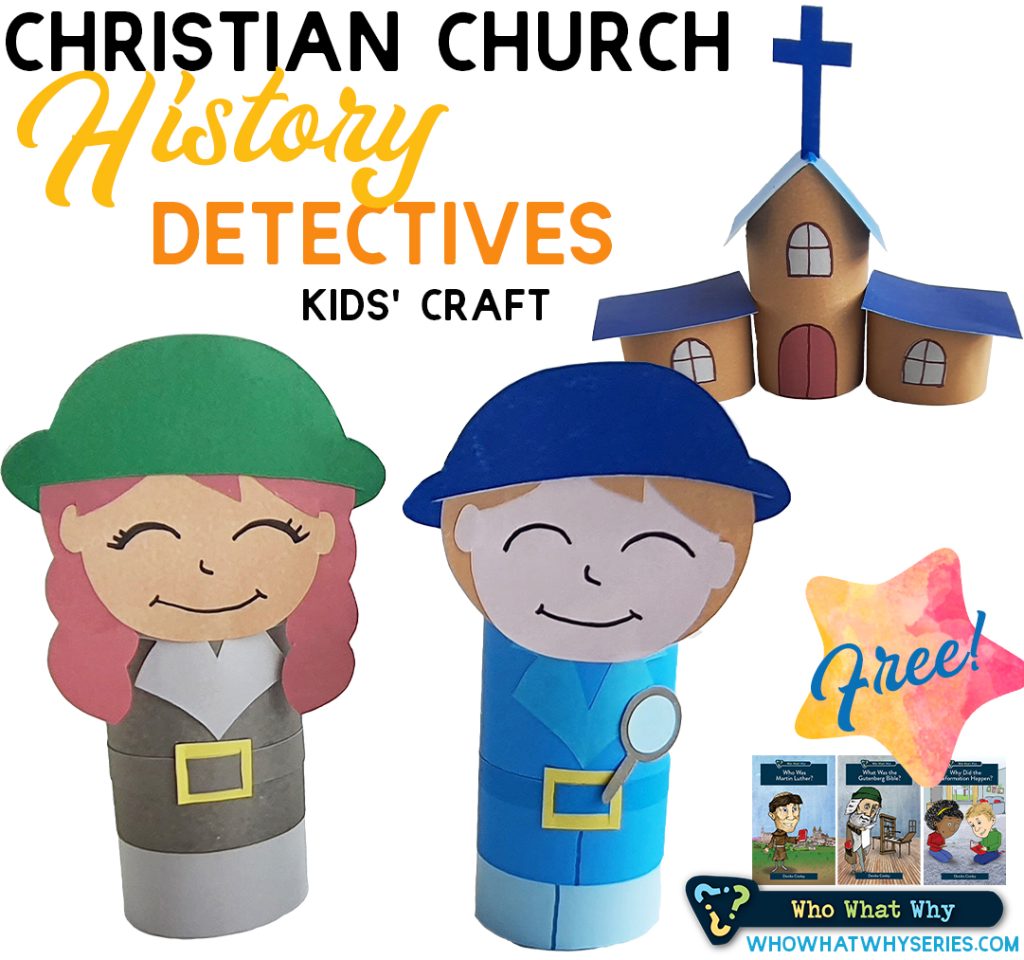
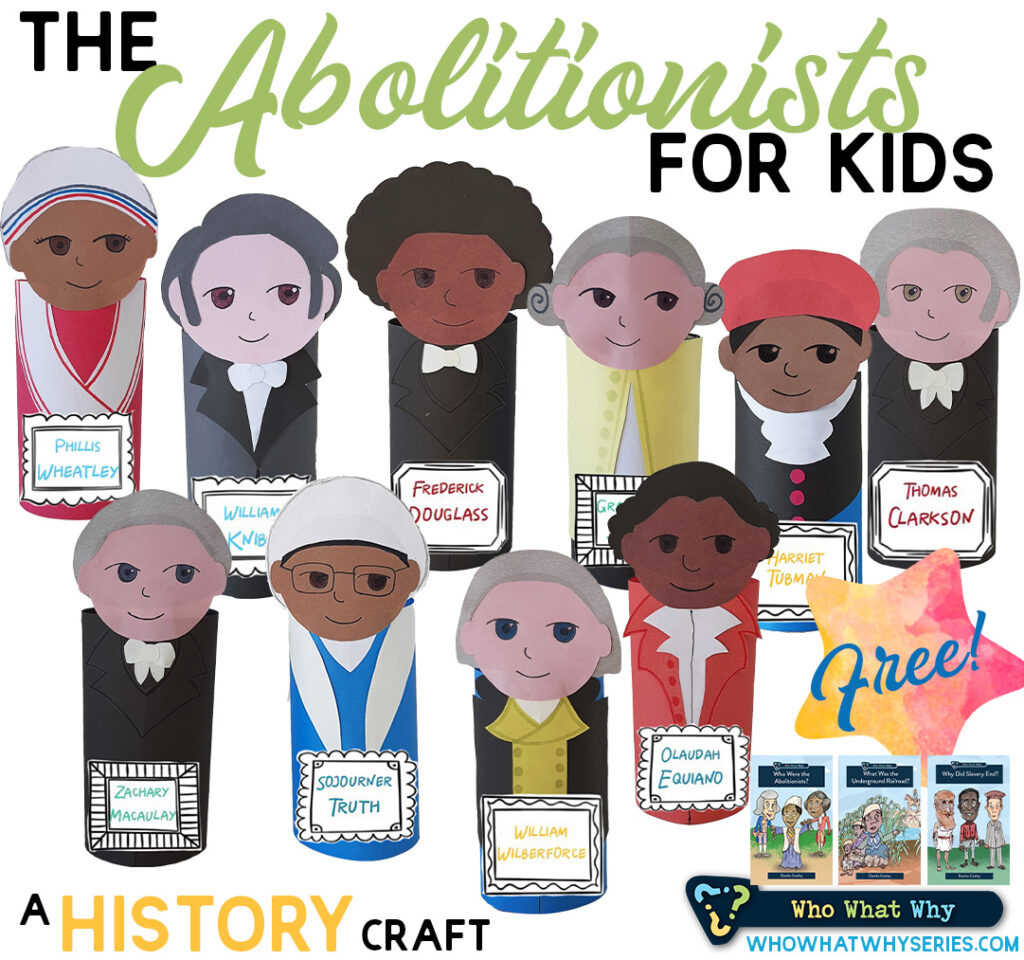
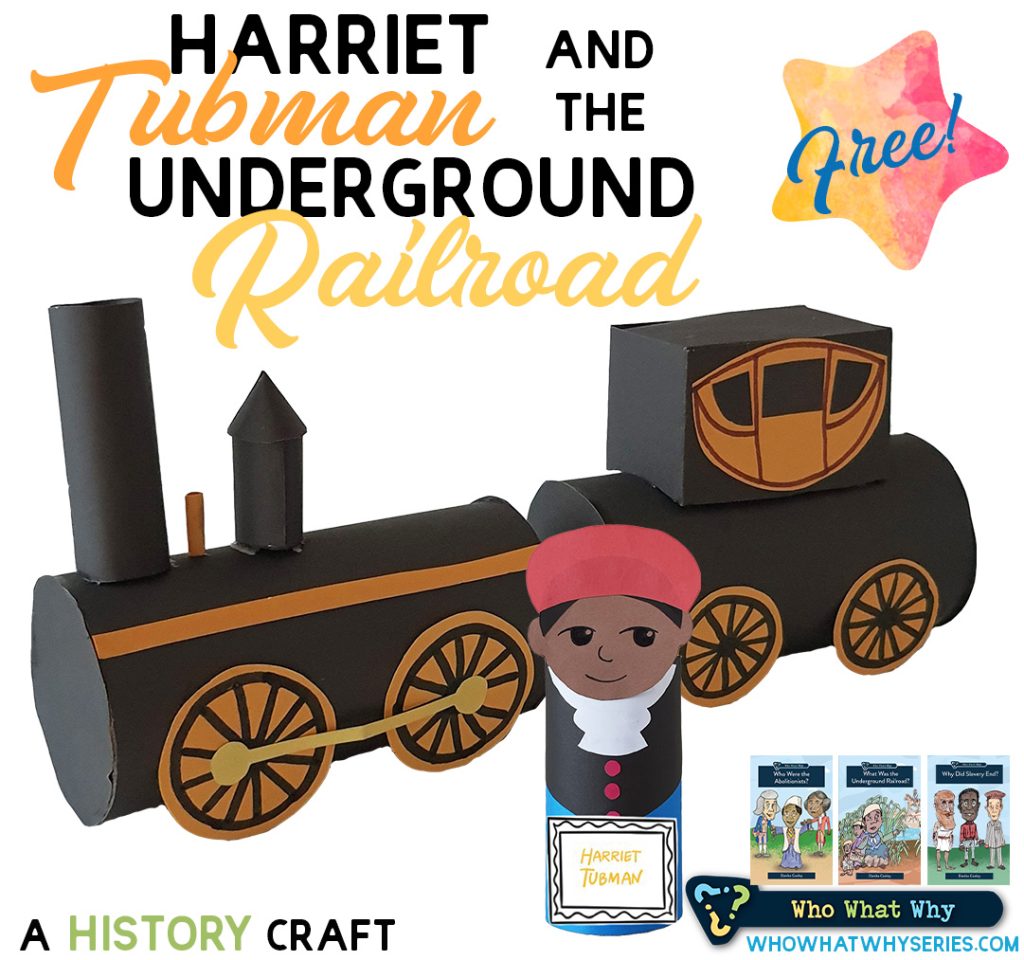



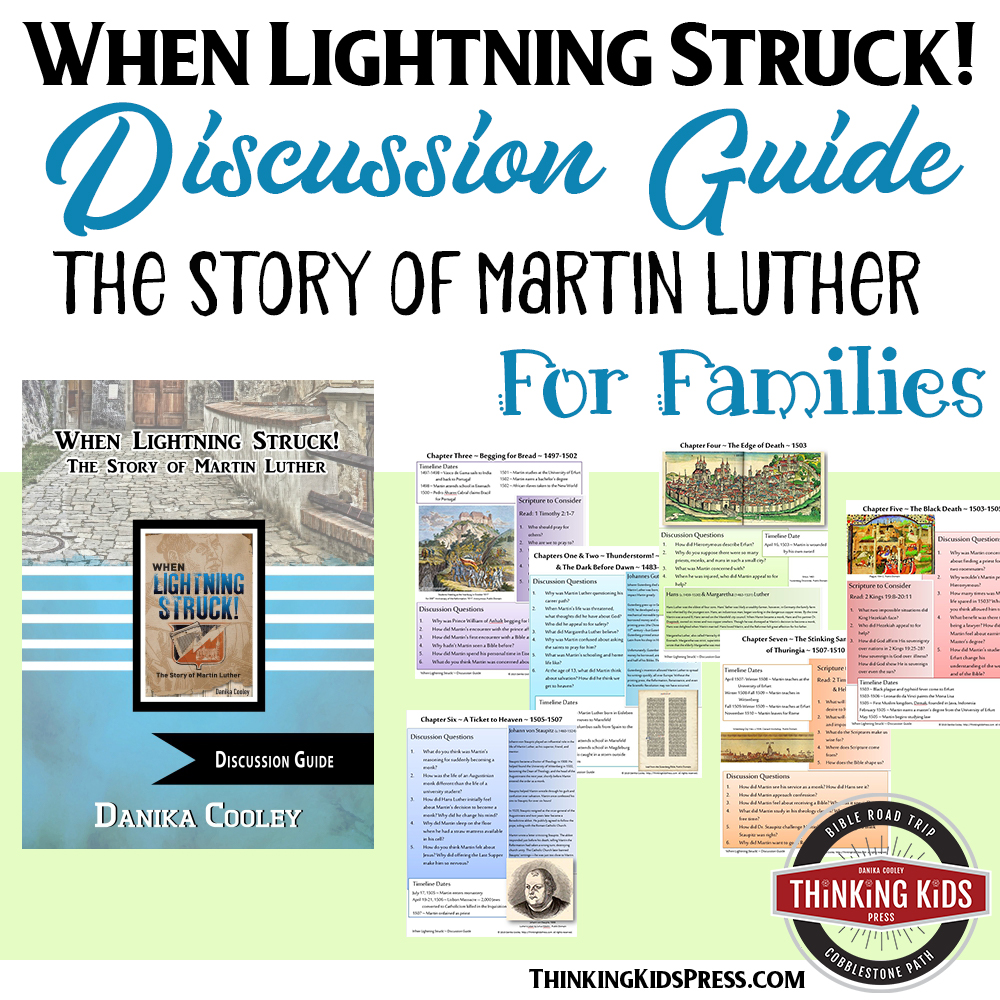
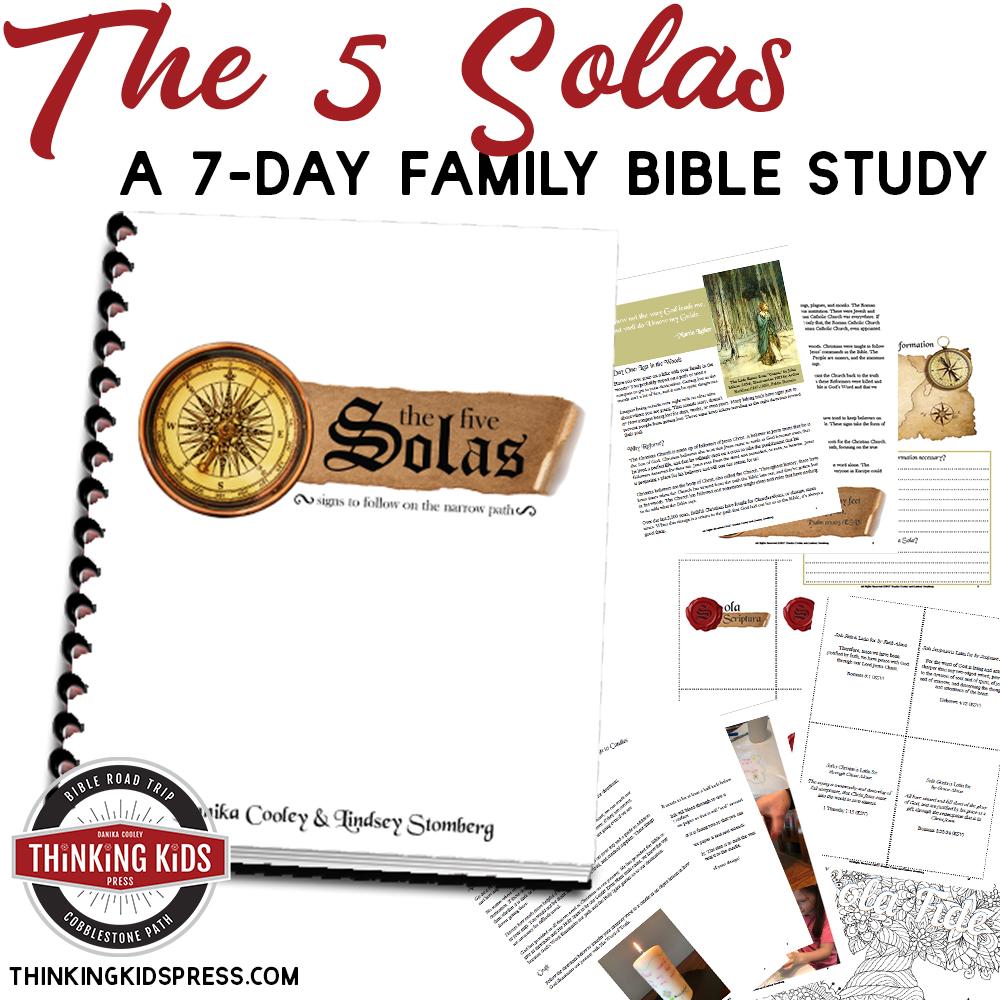


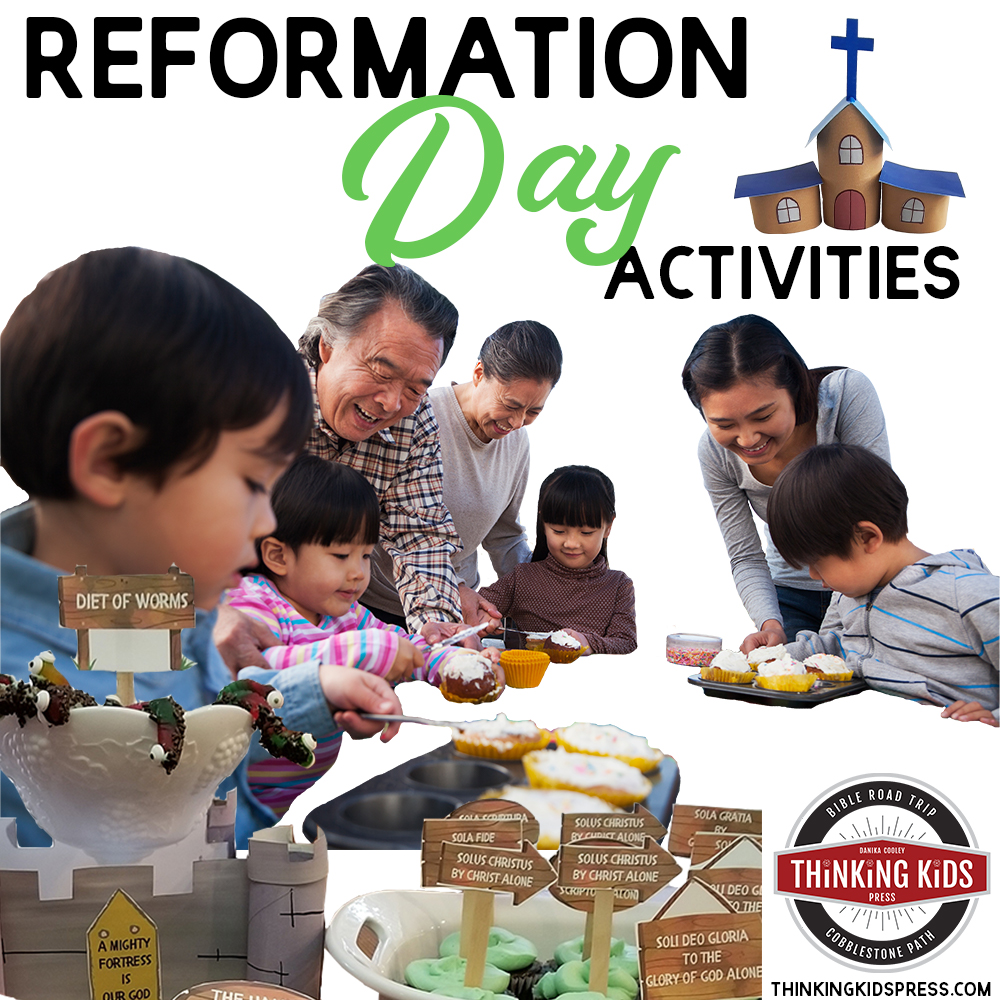
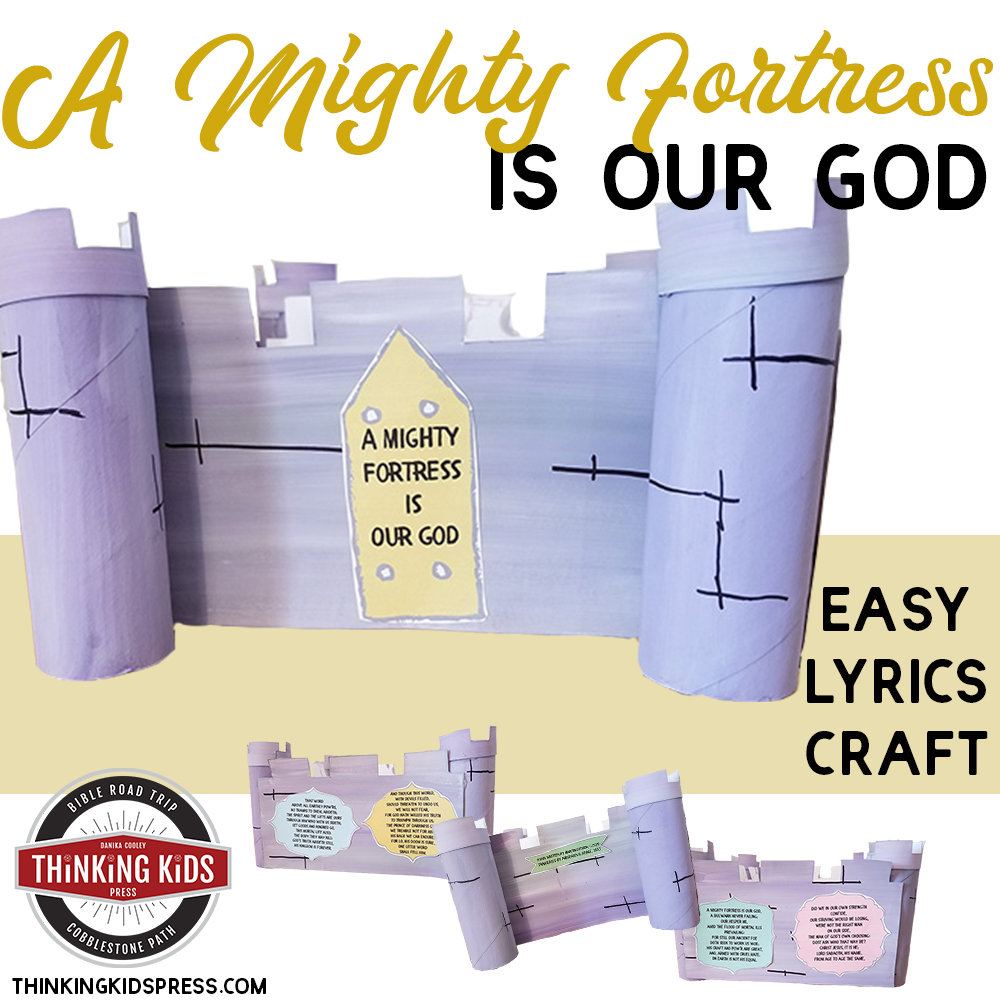
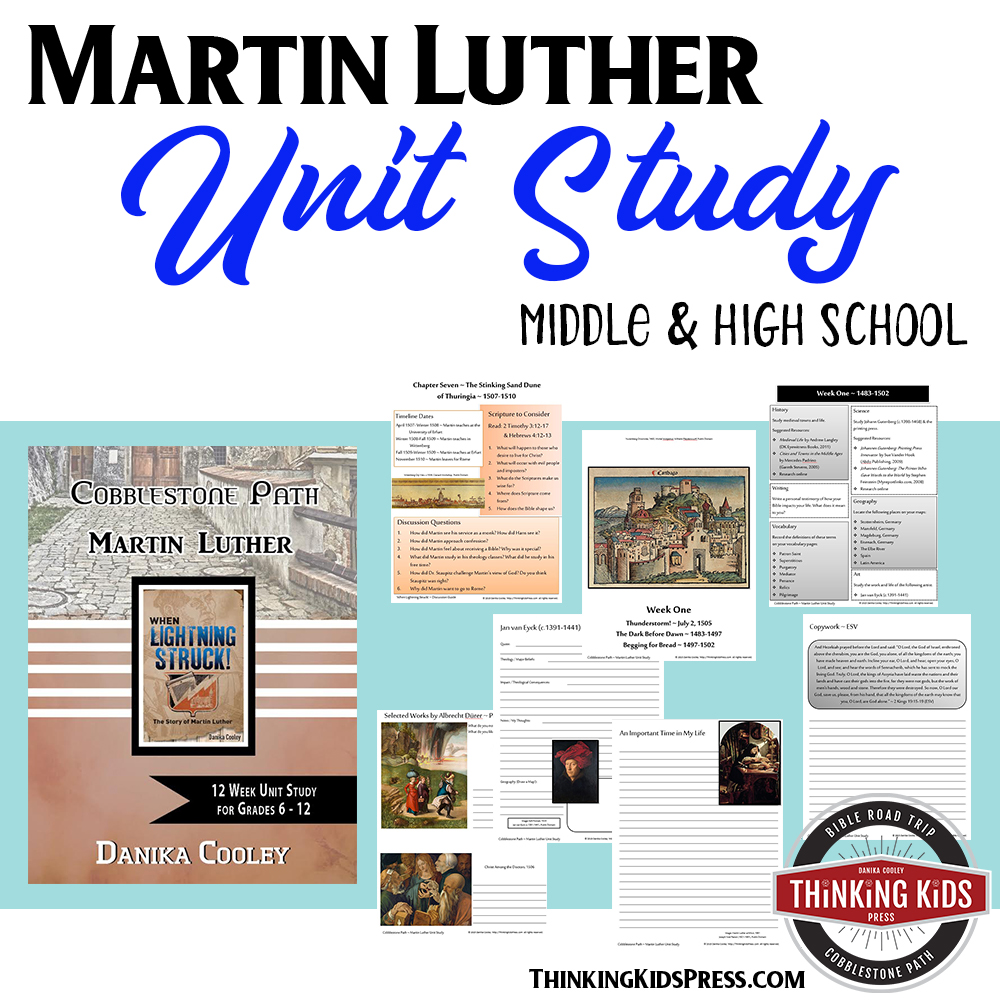

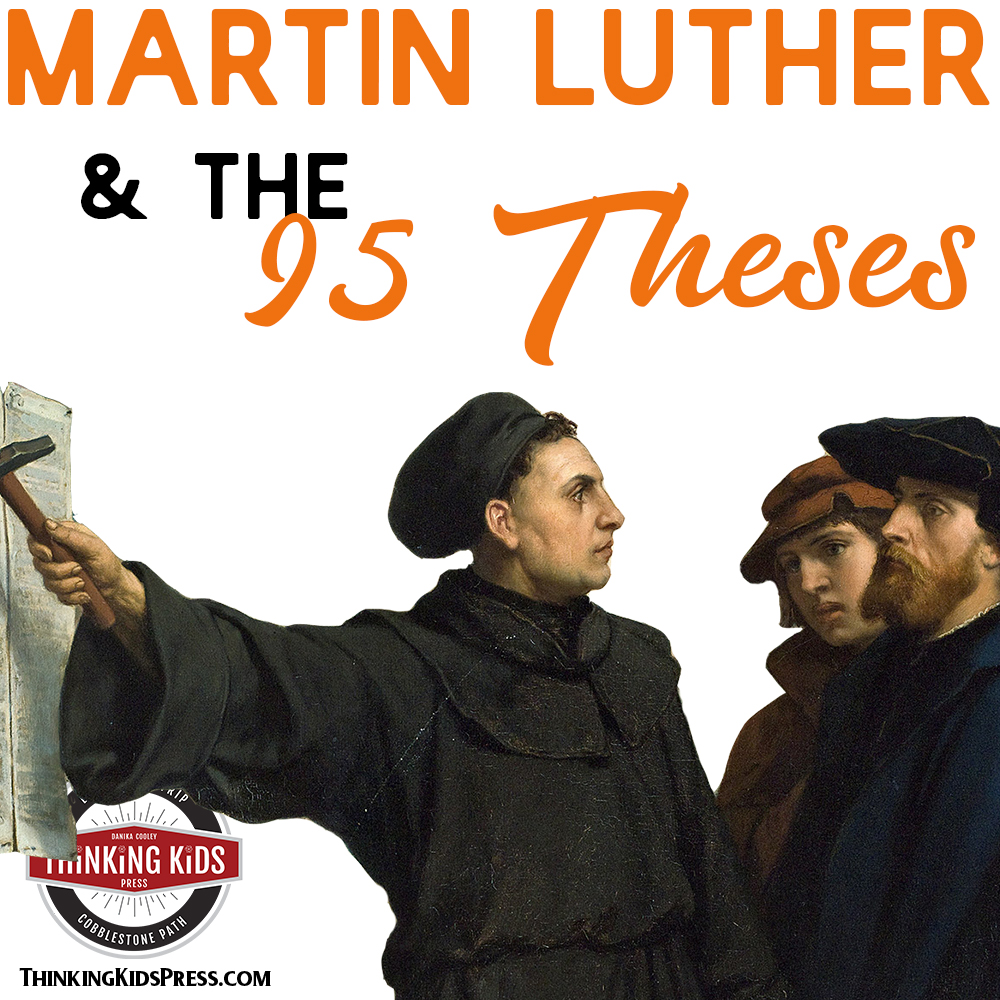
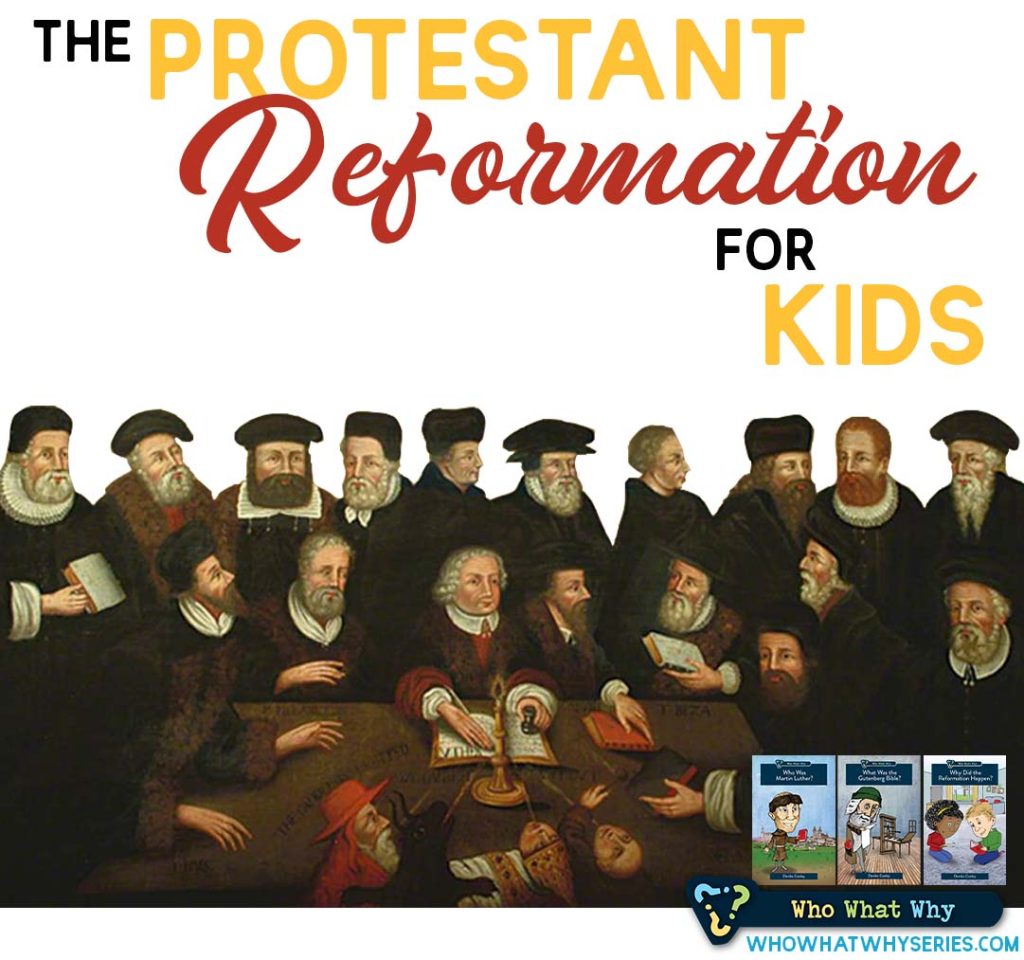
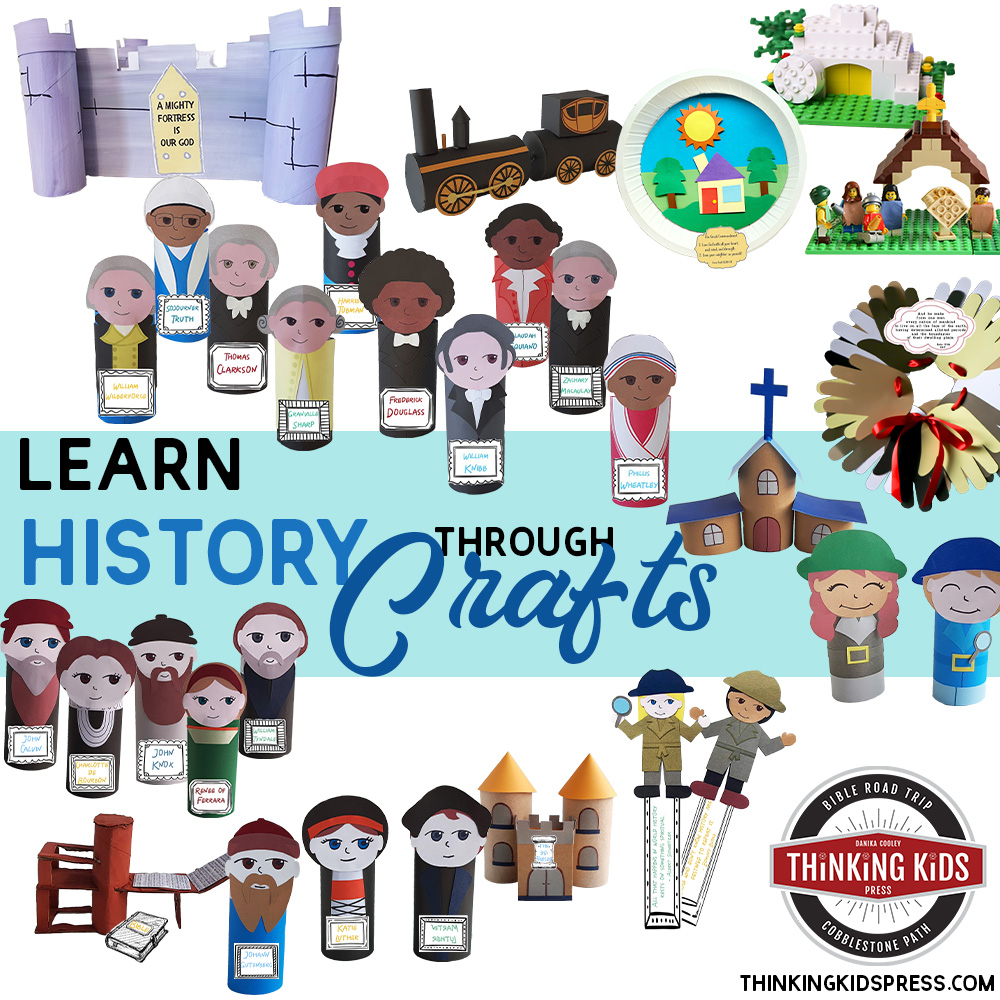
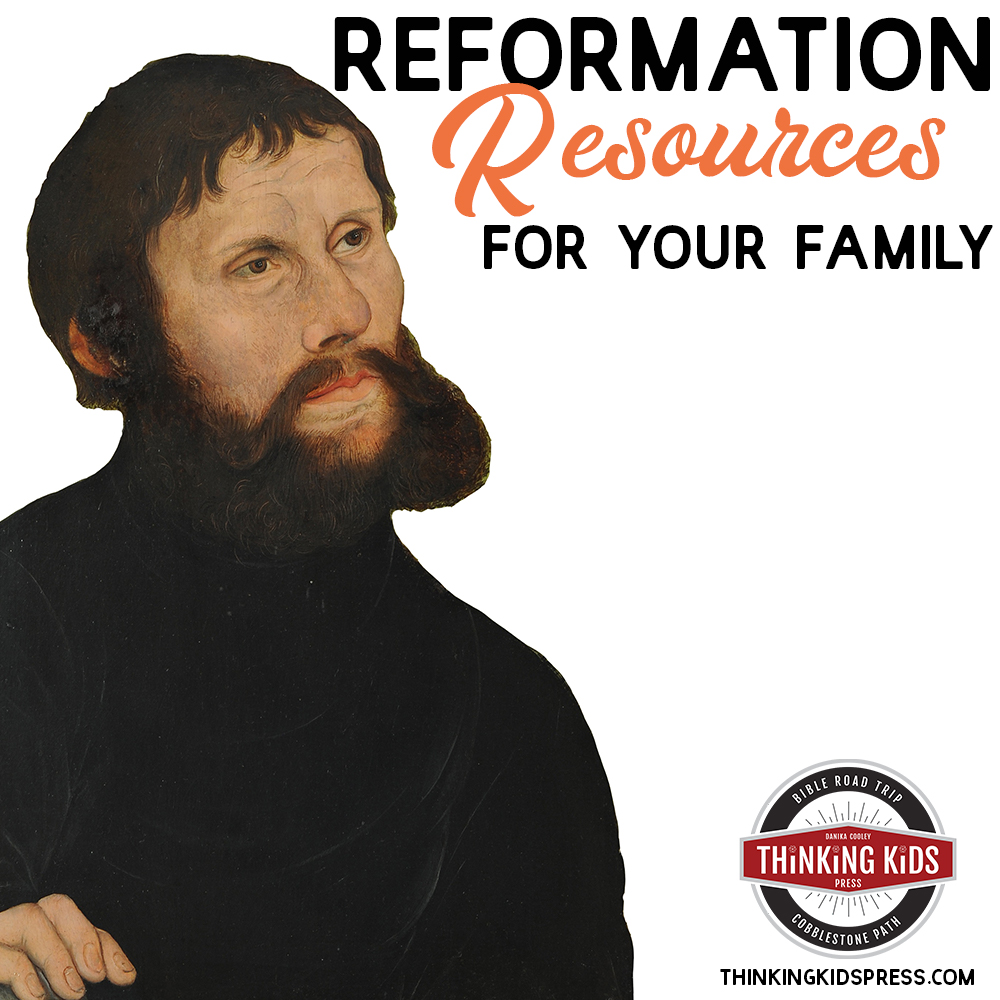




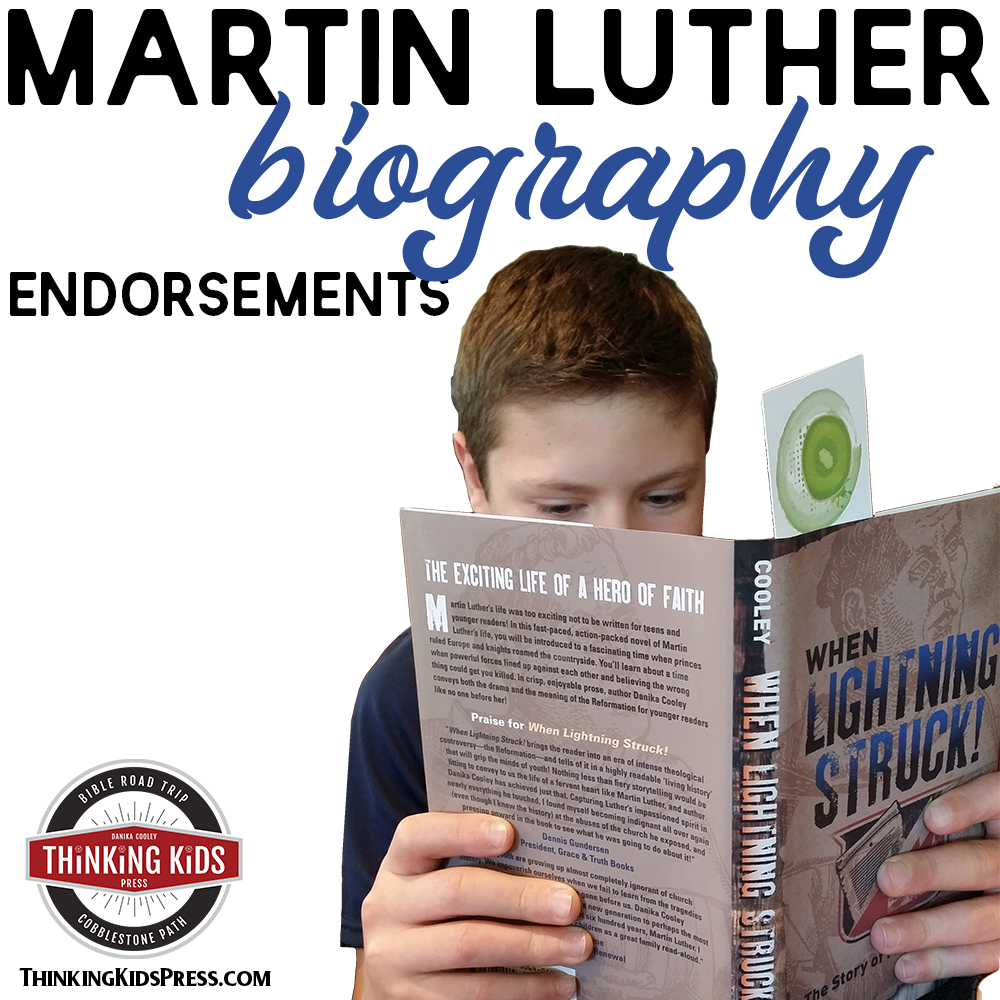
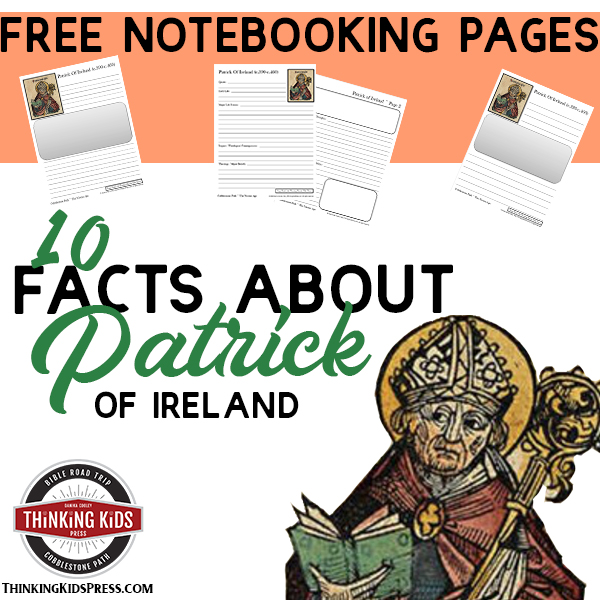

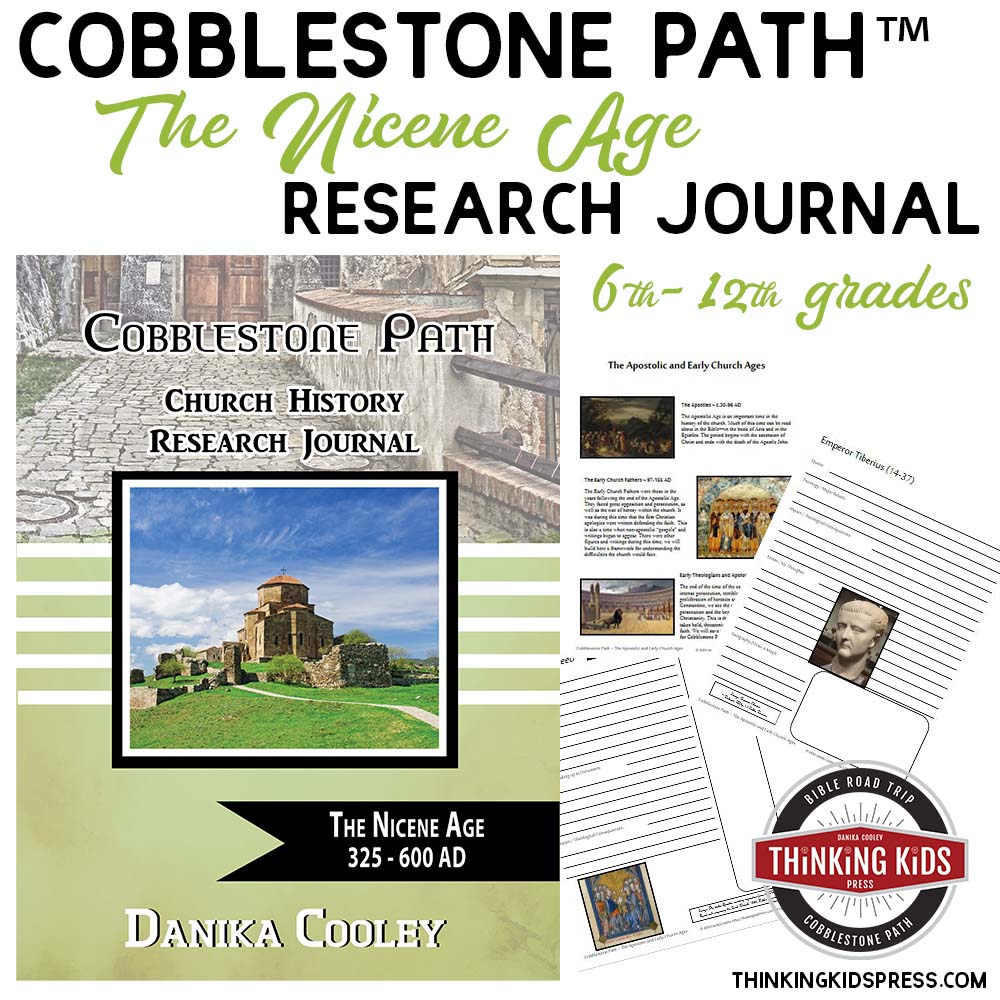
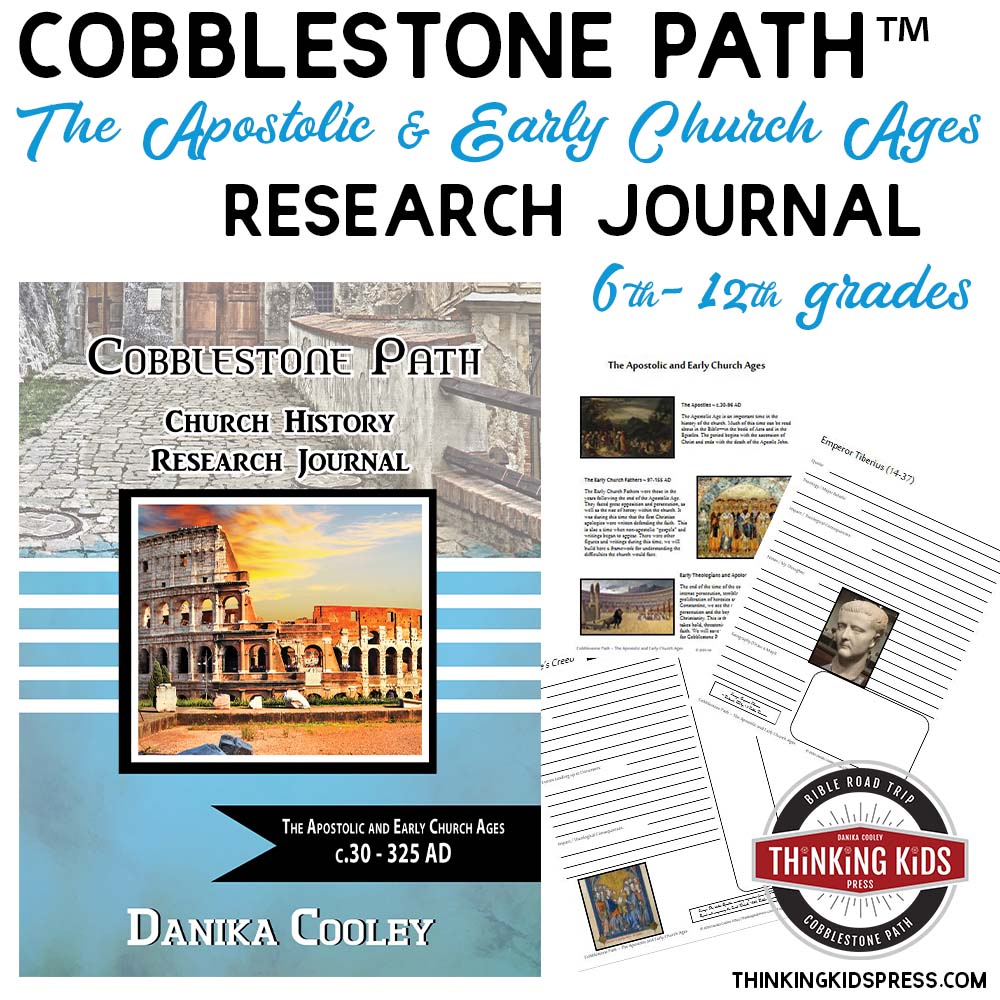
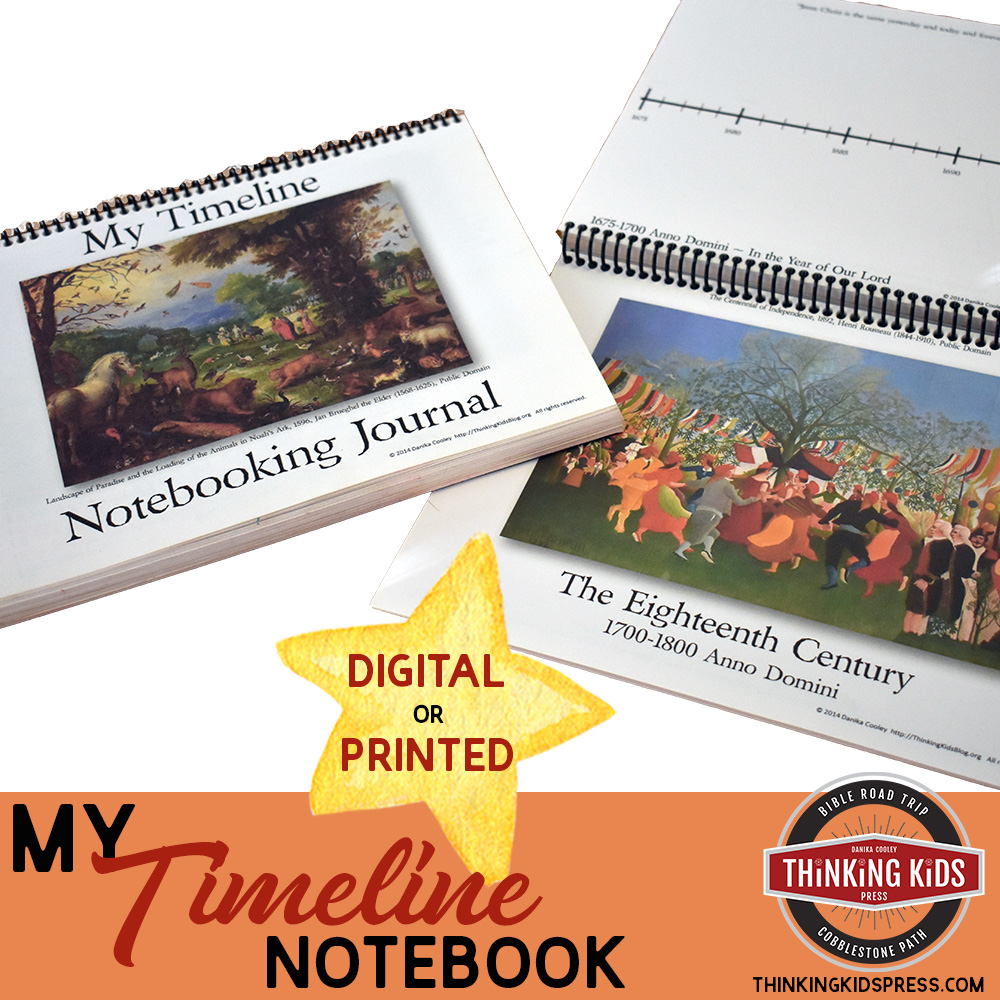



Leave a Reply